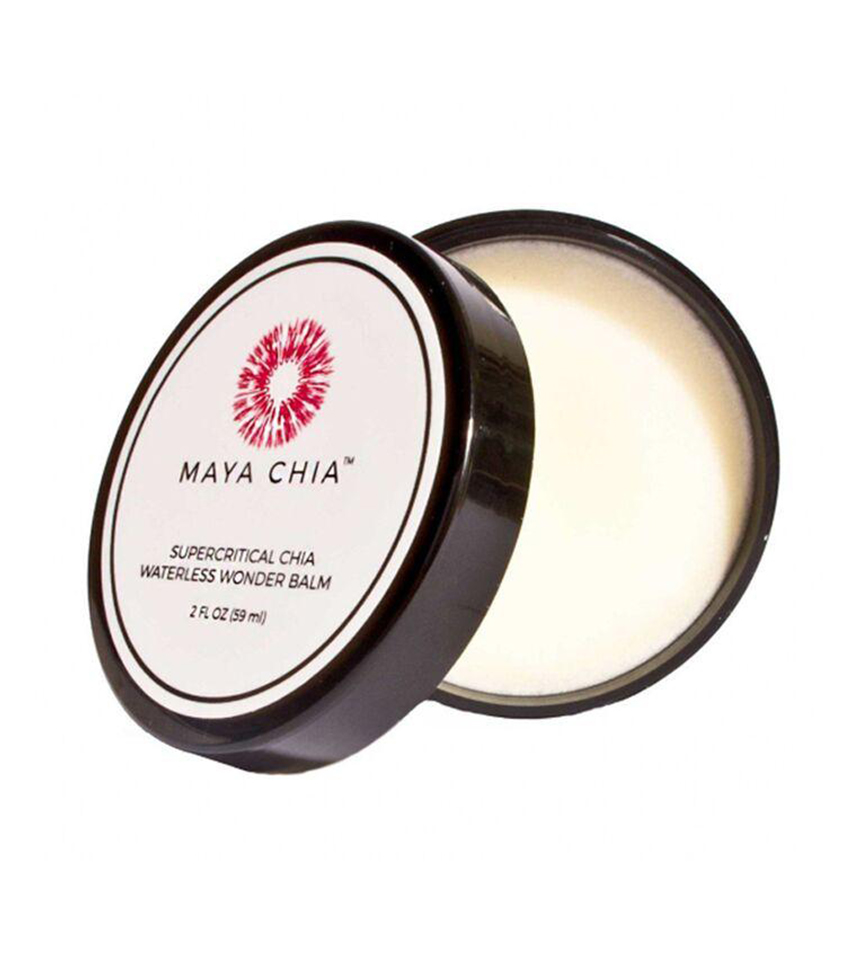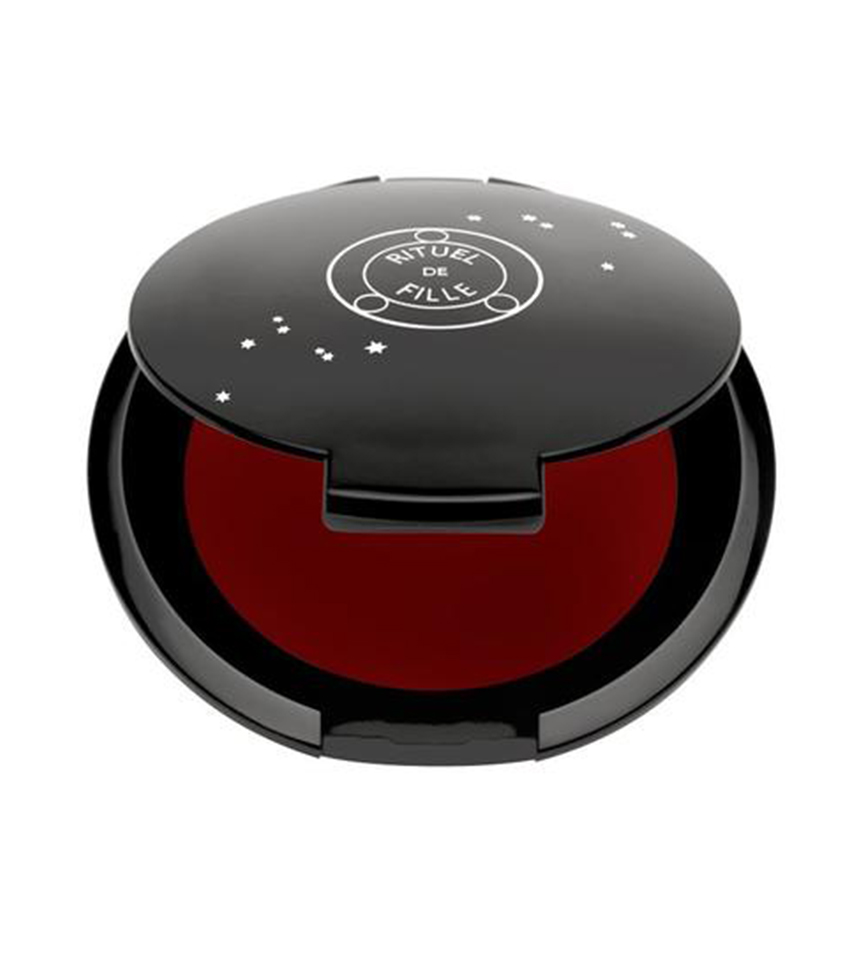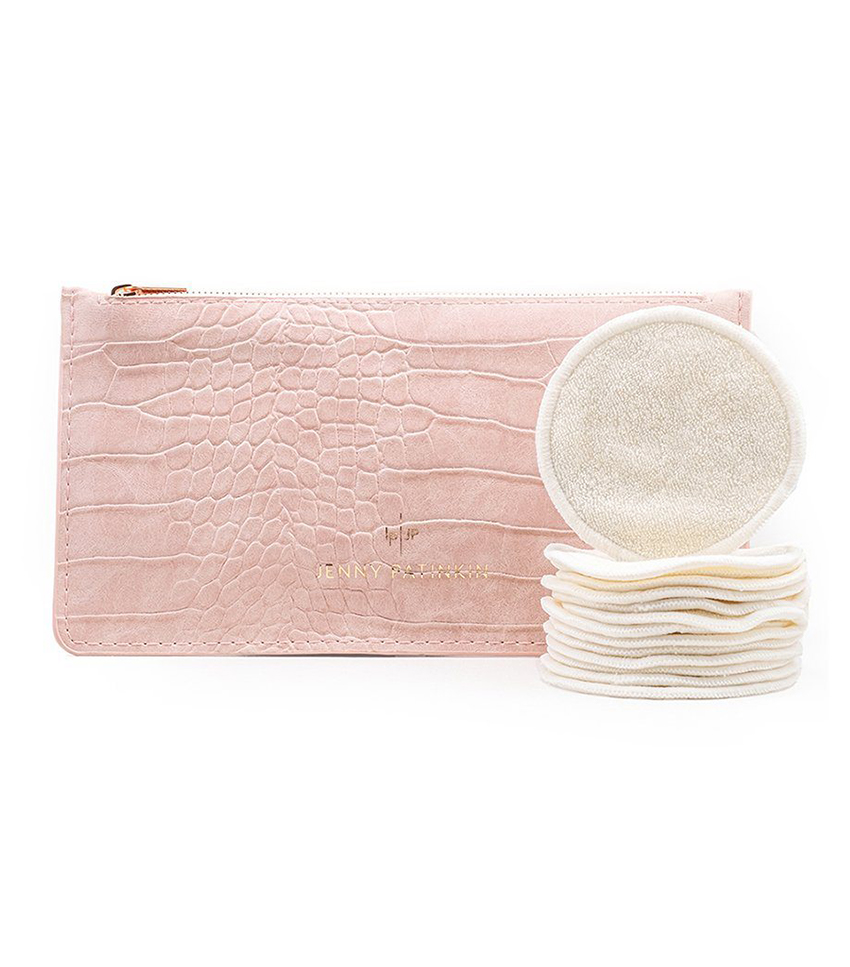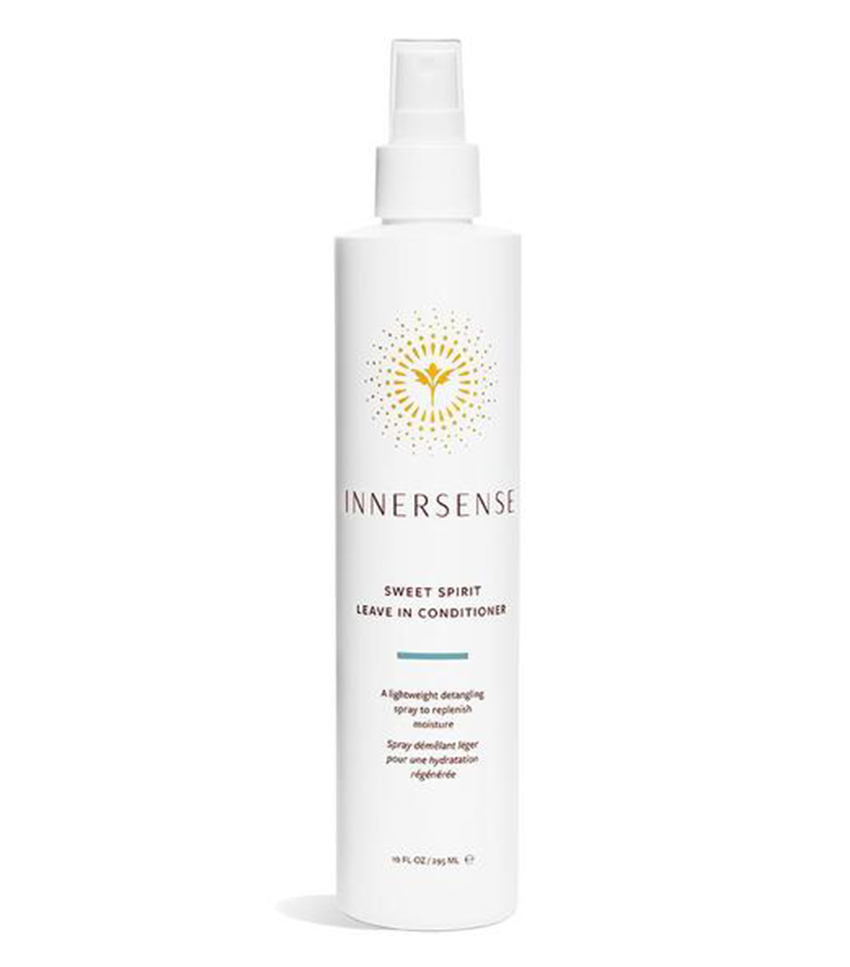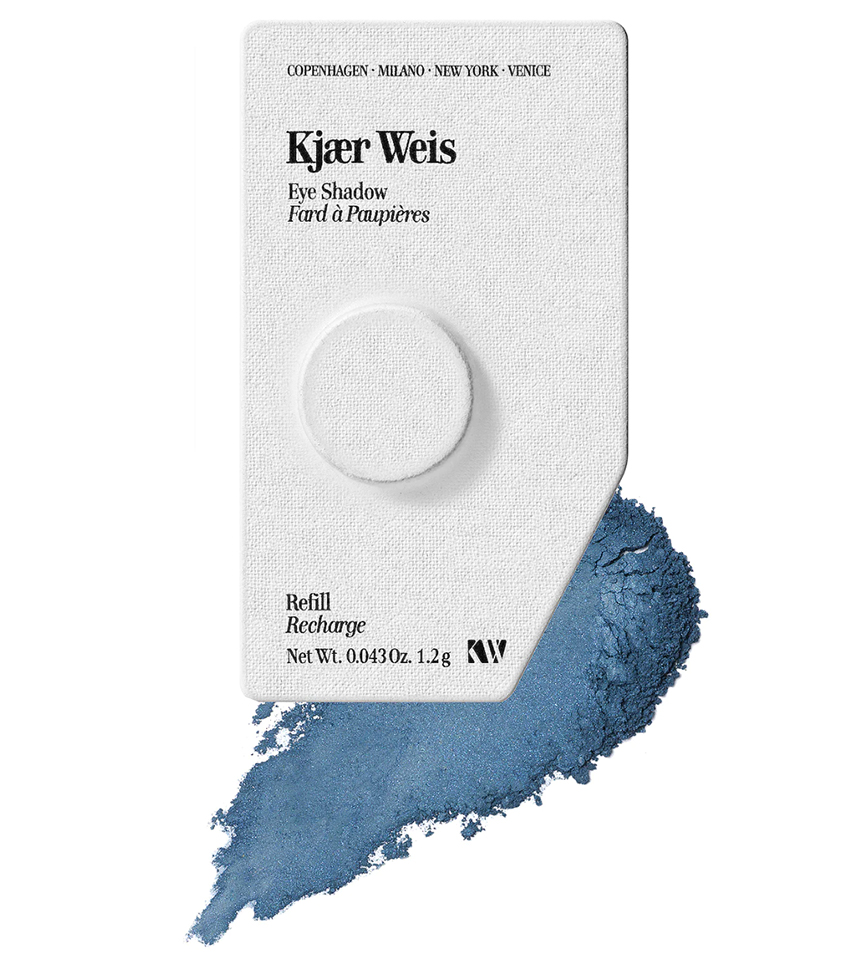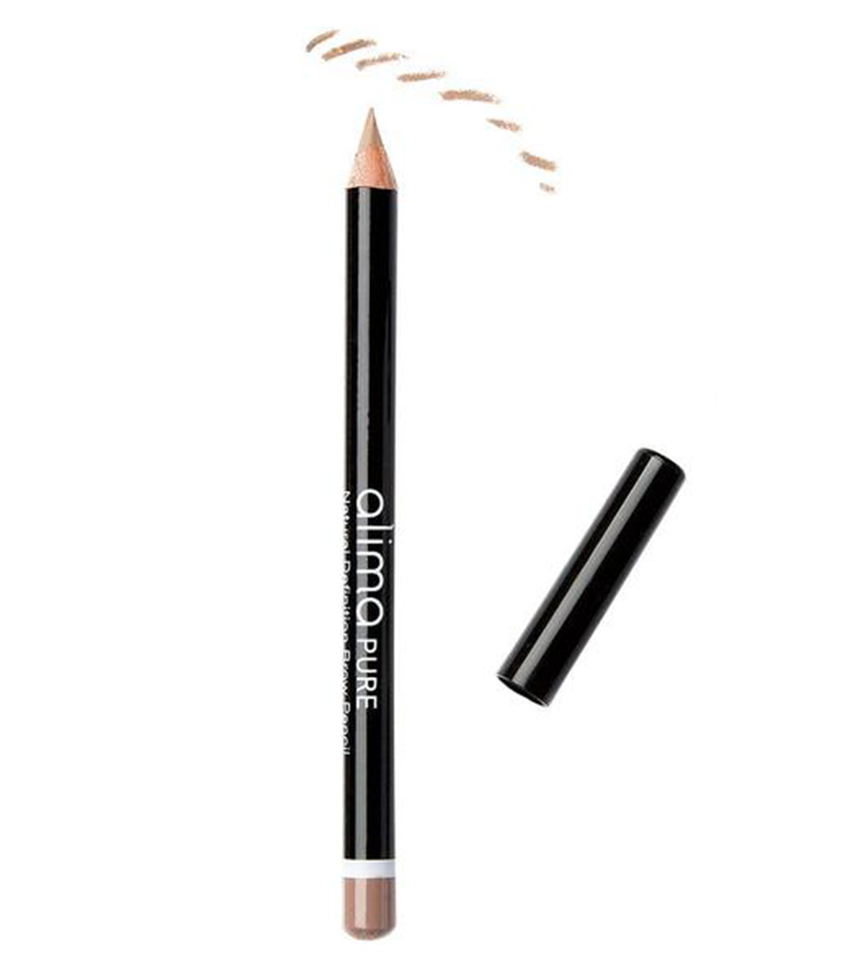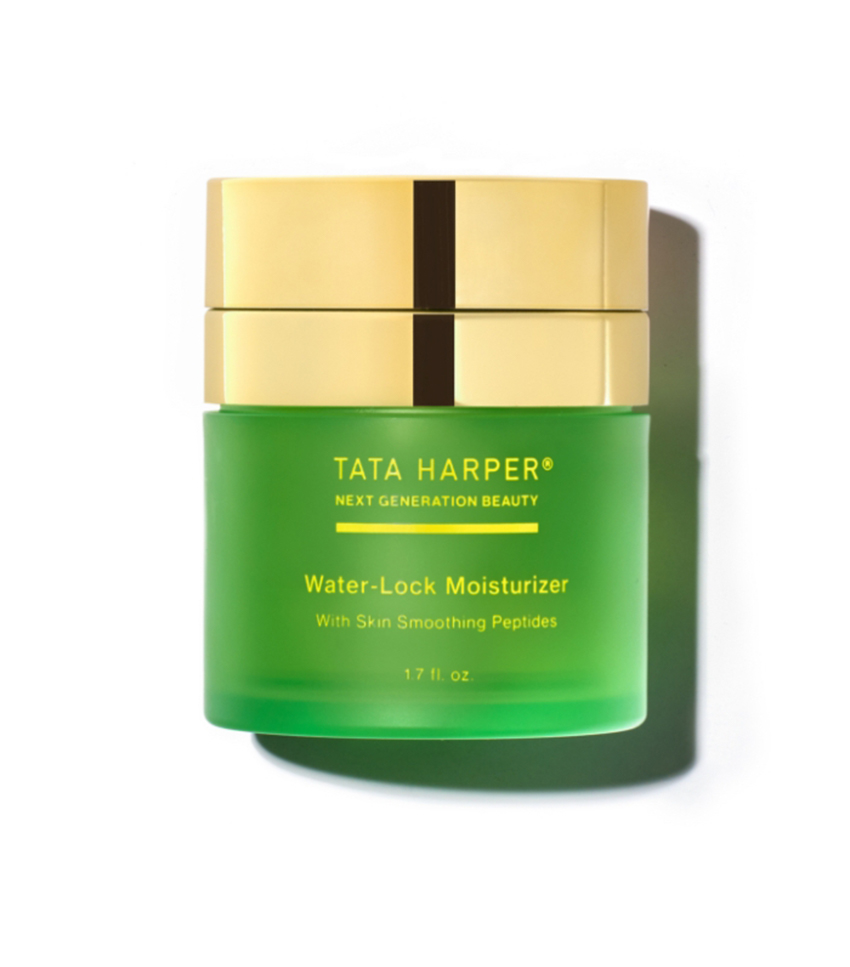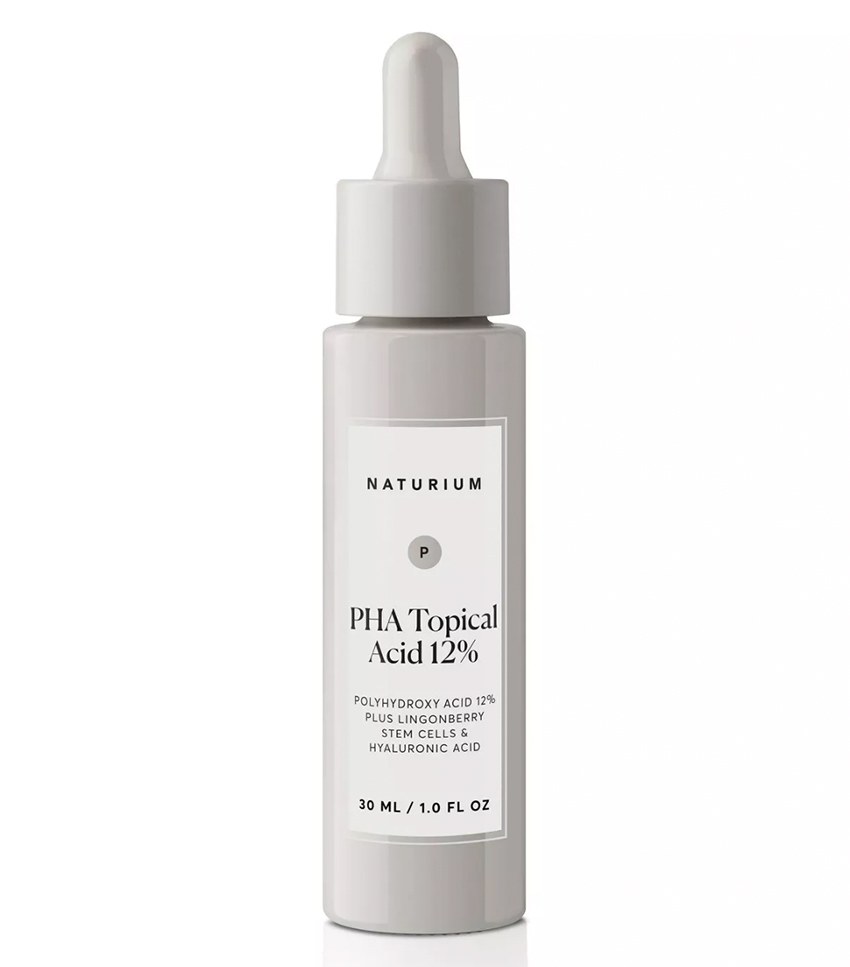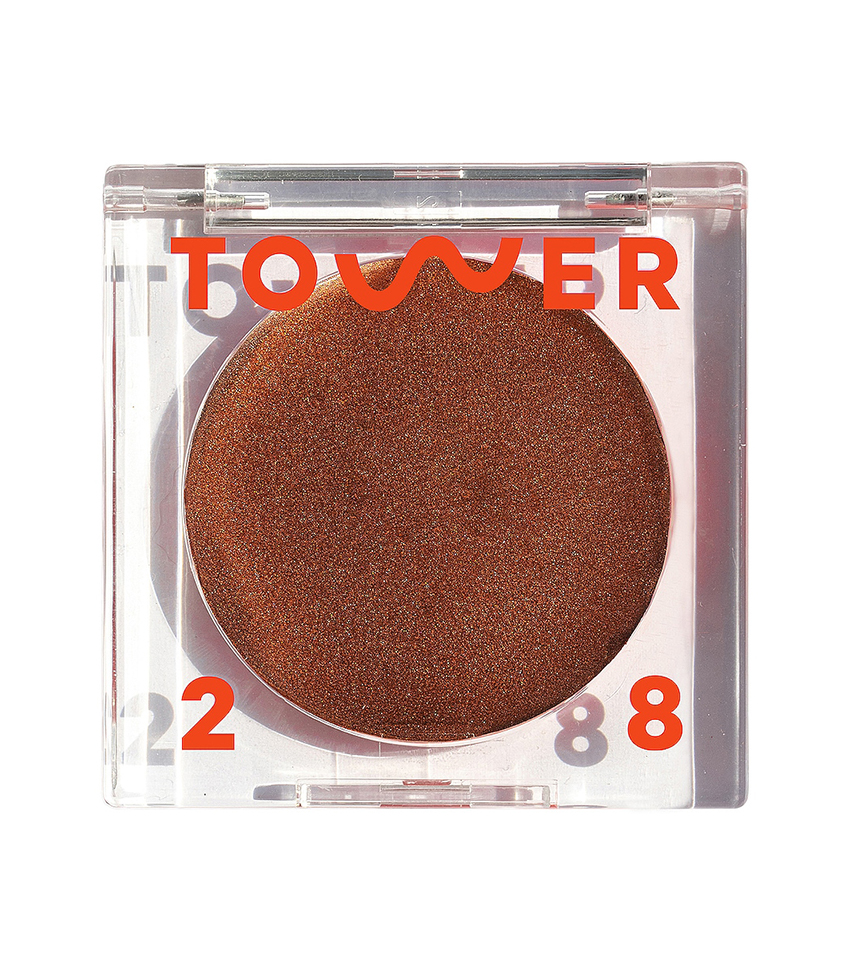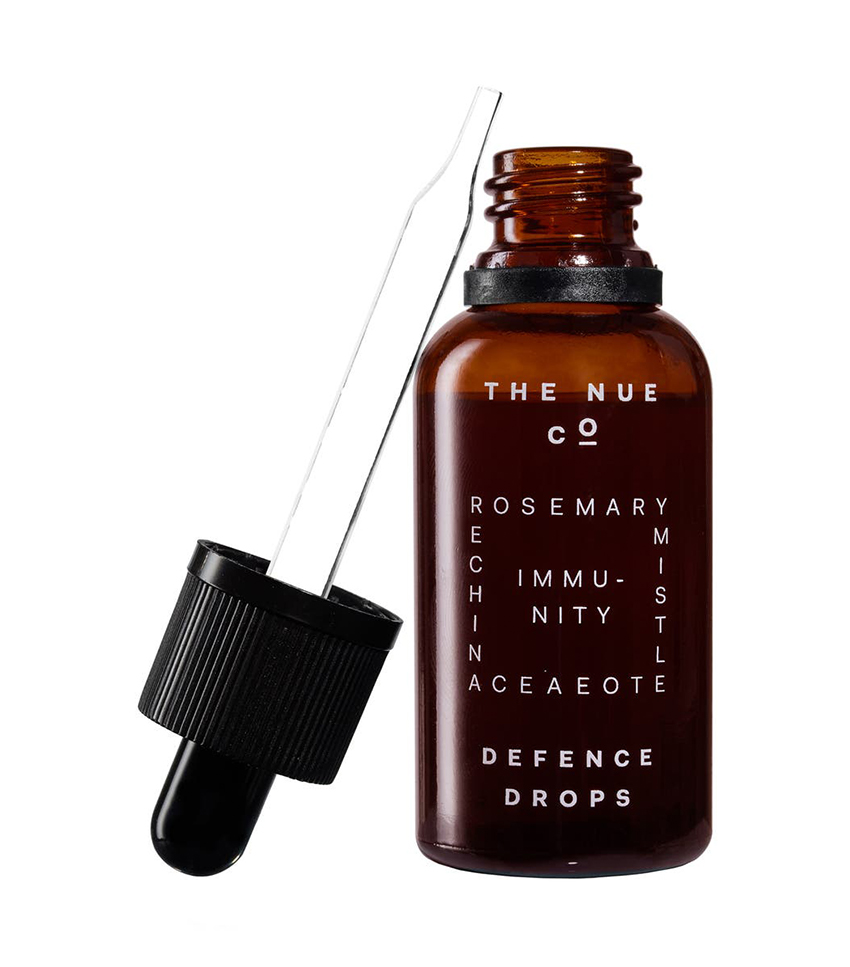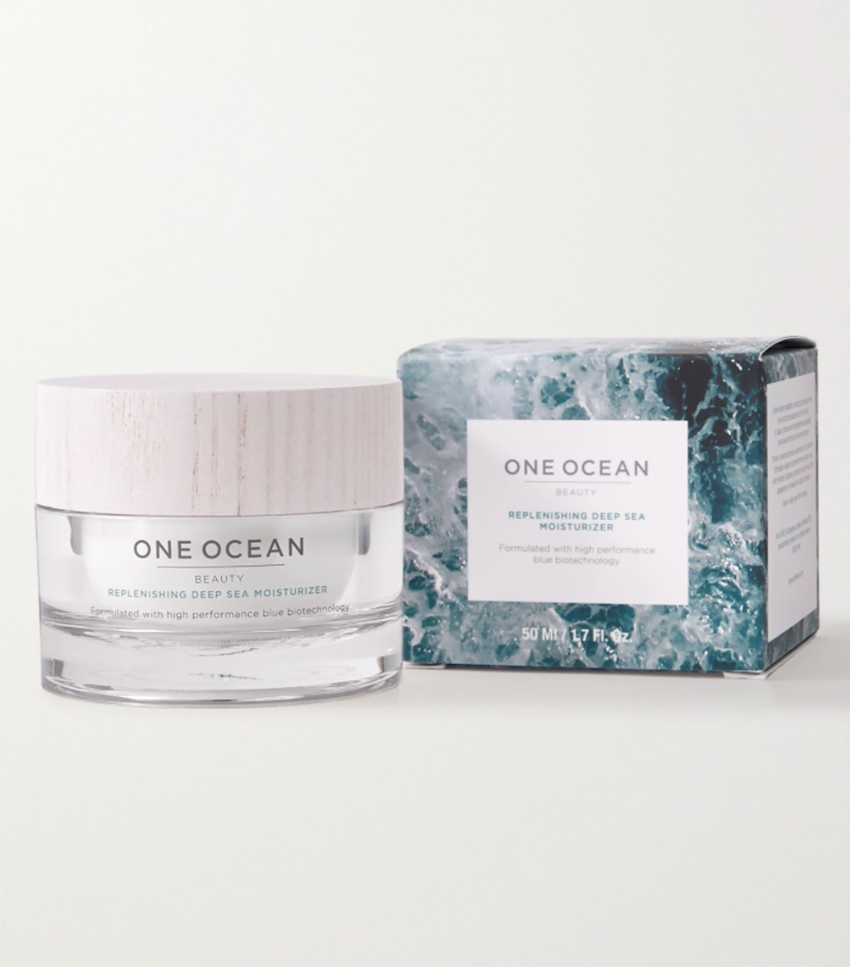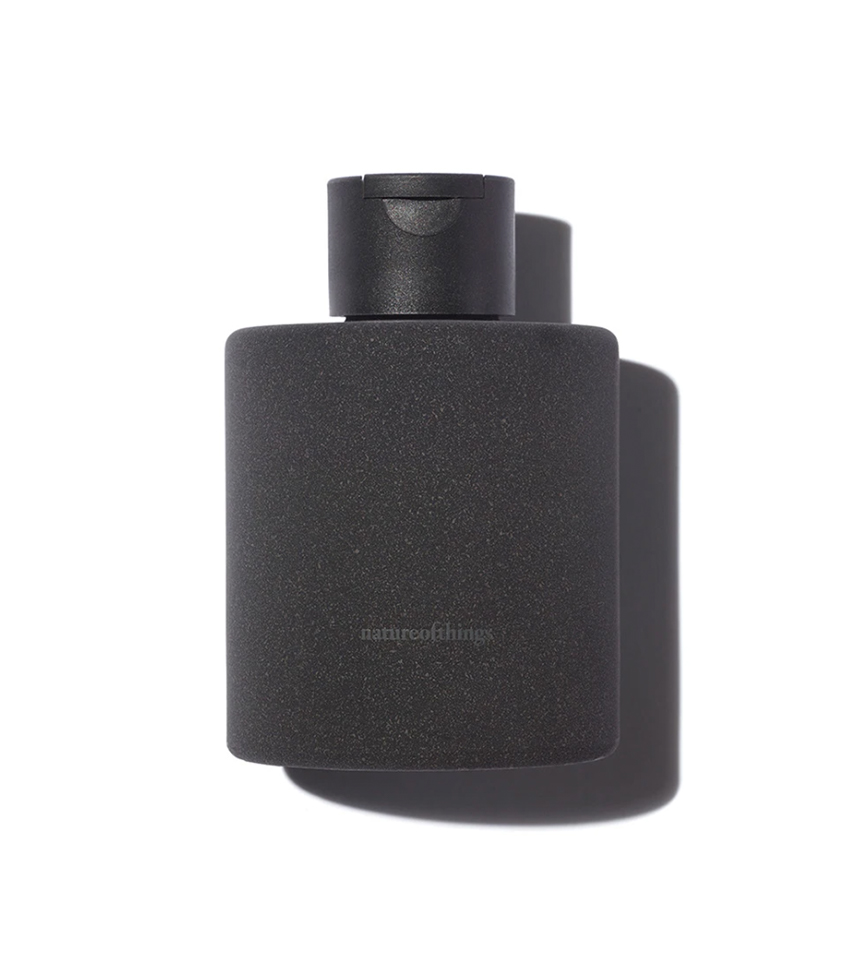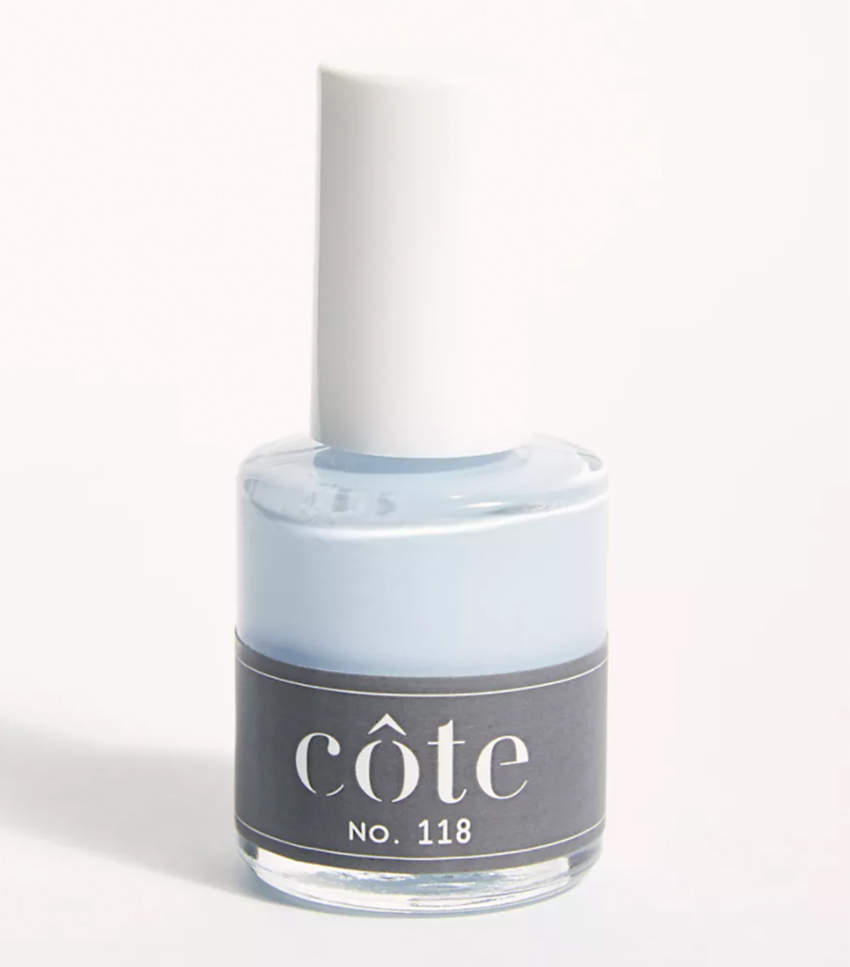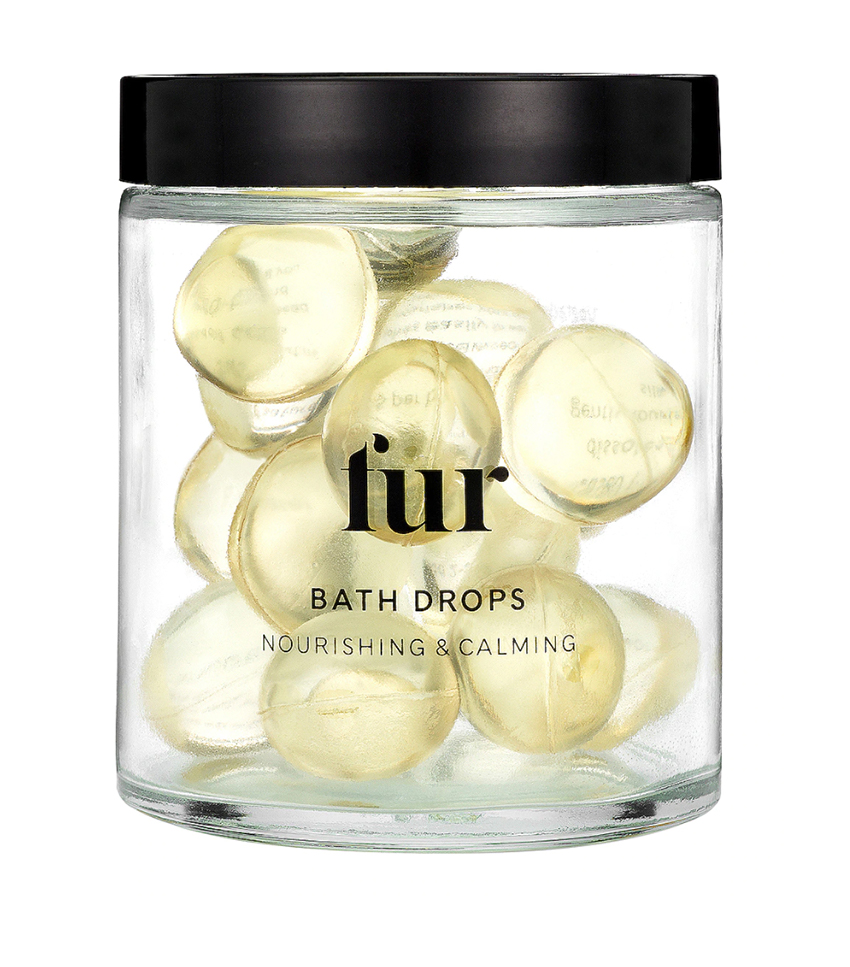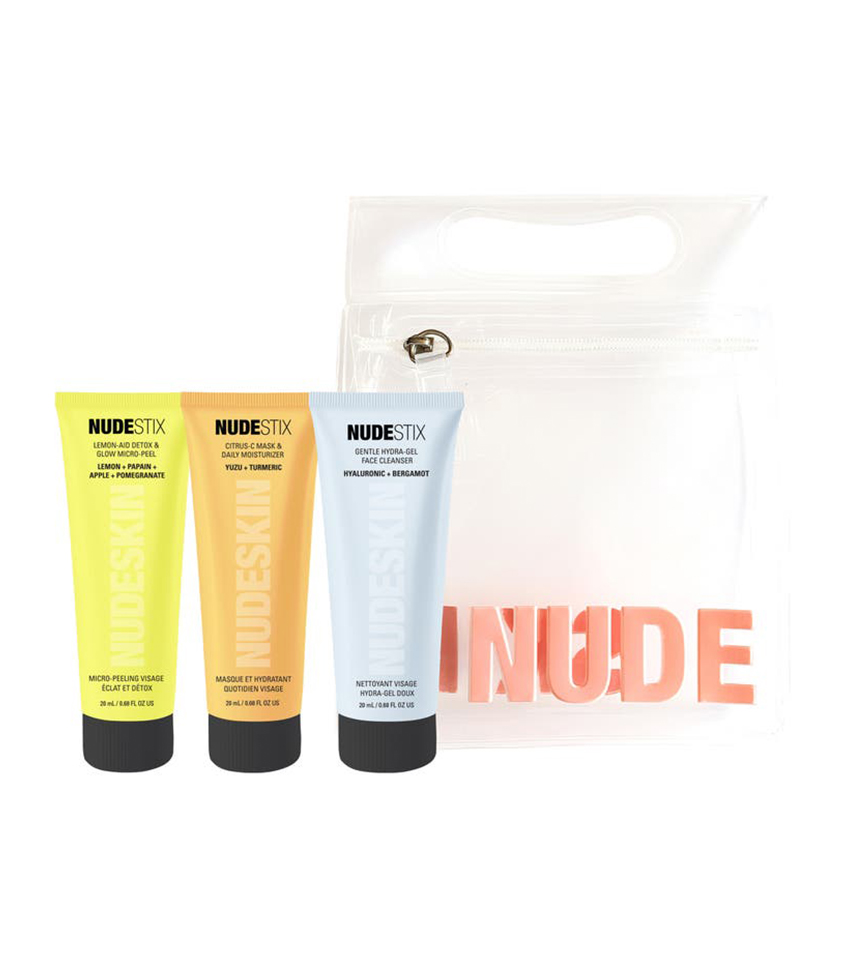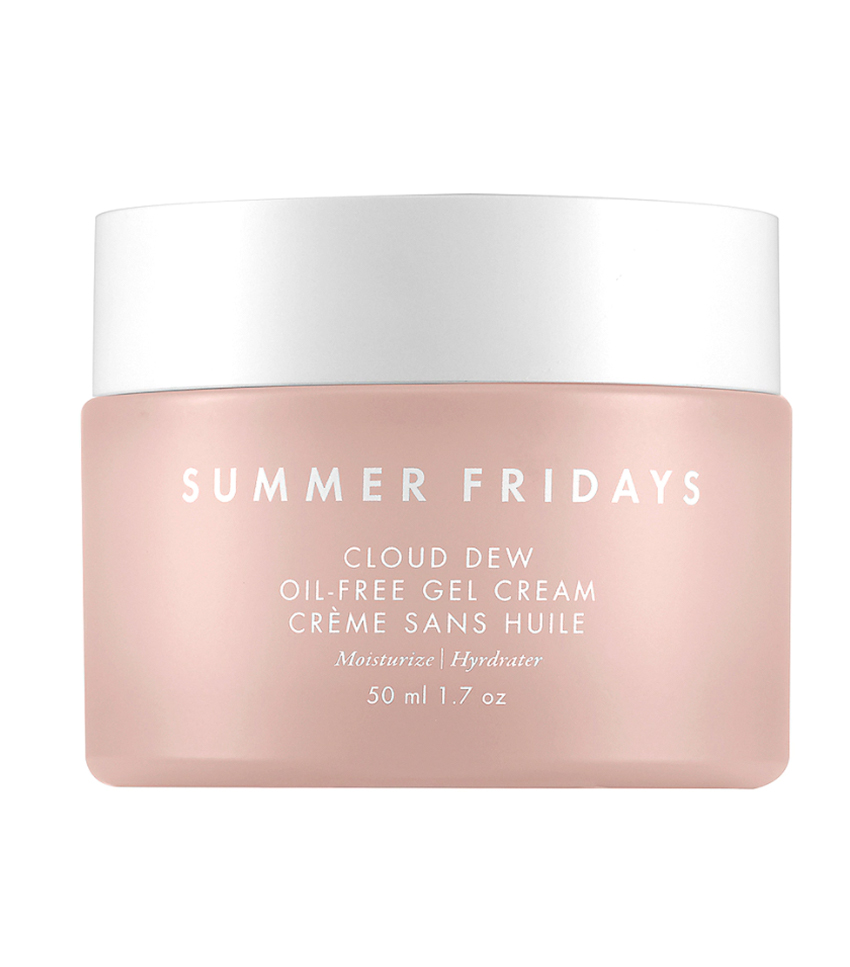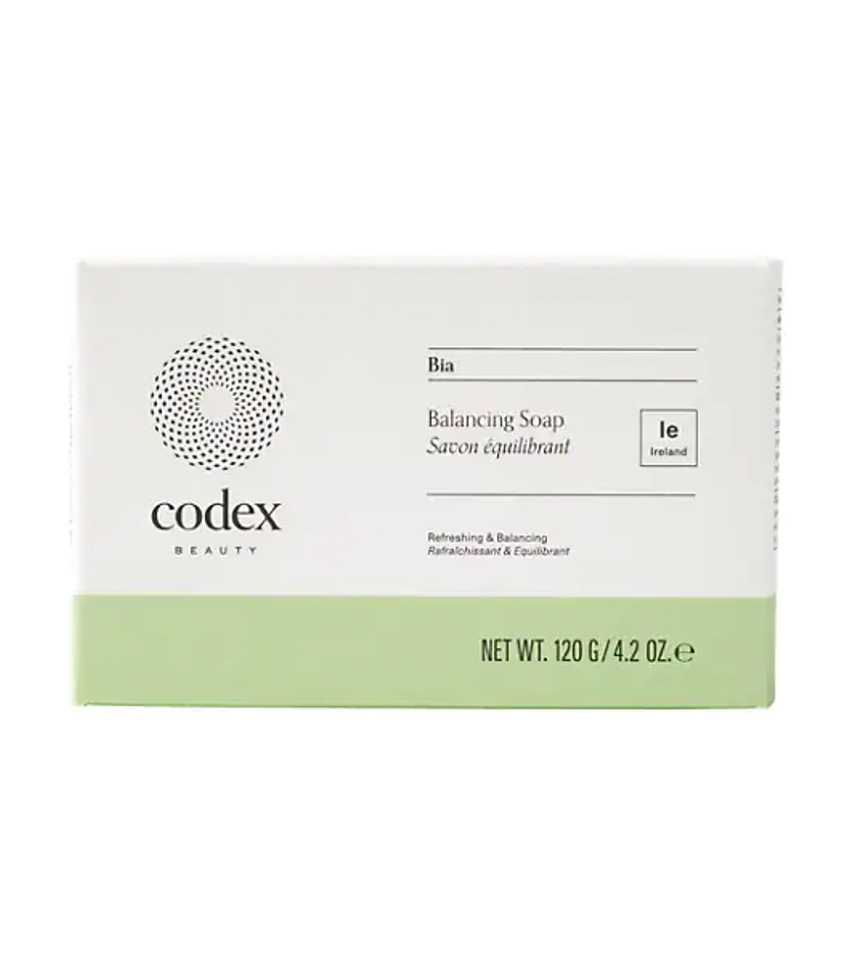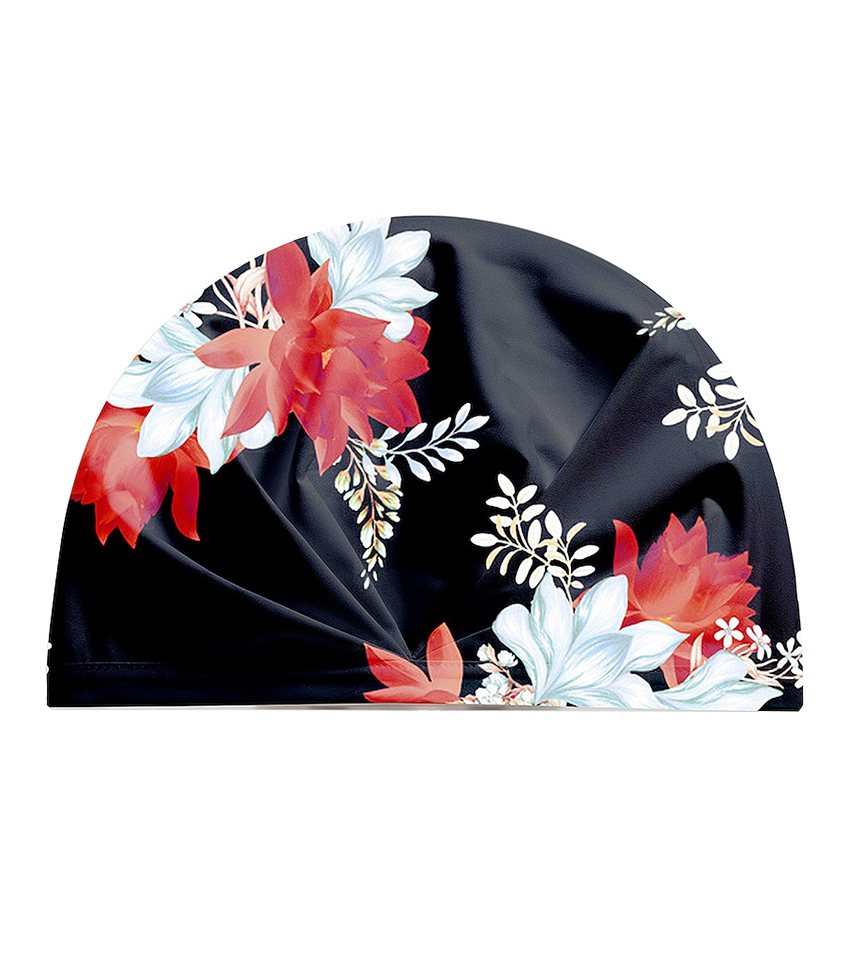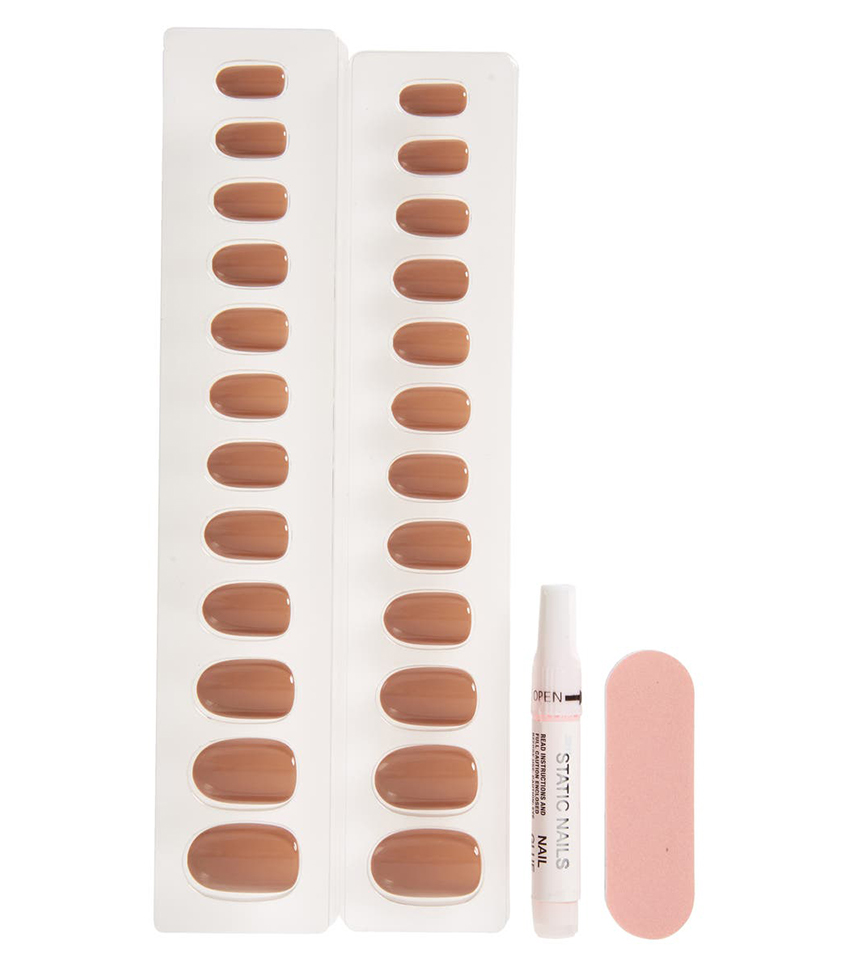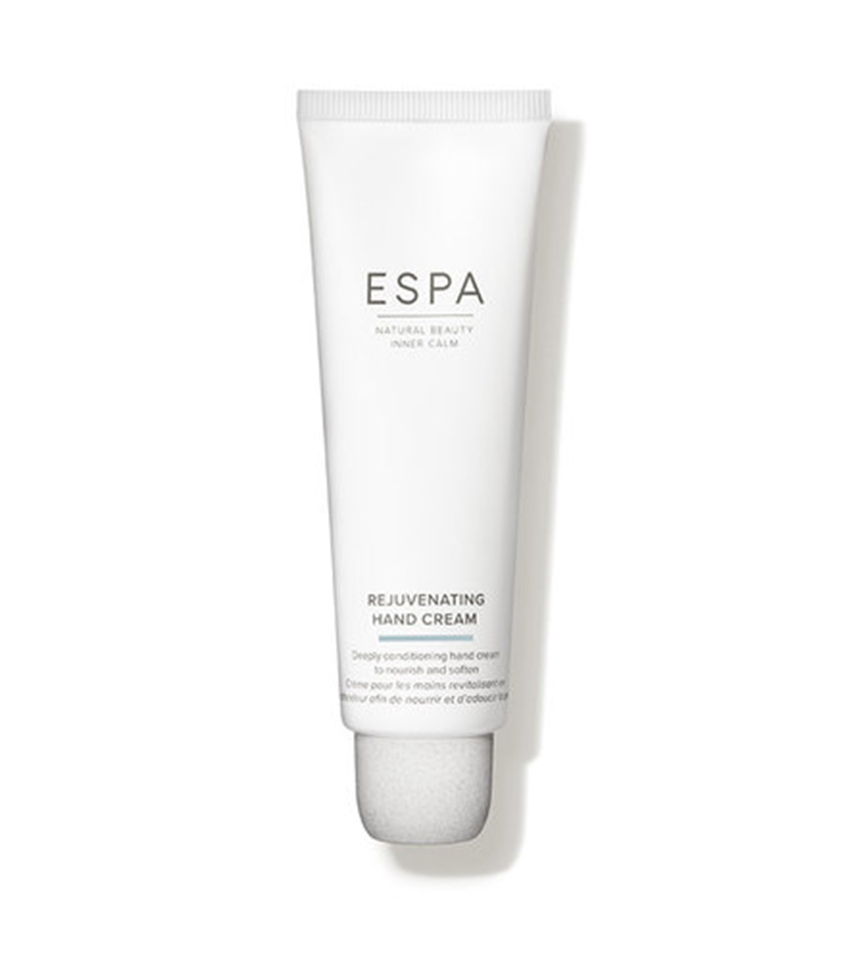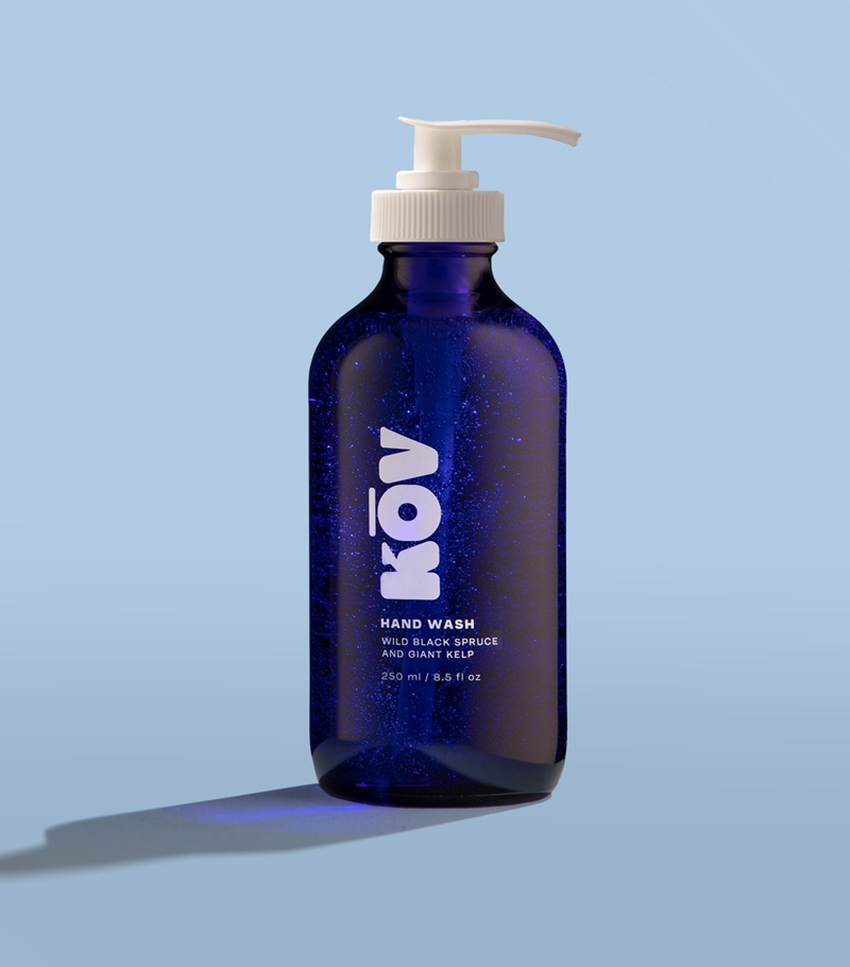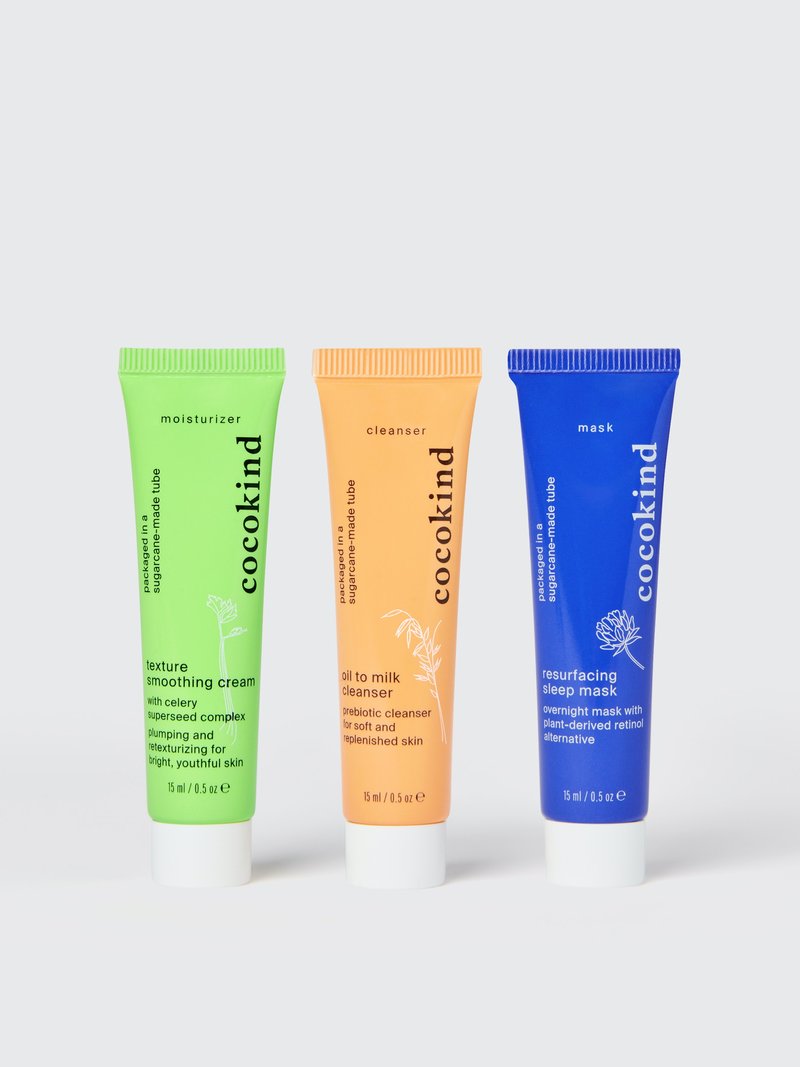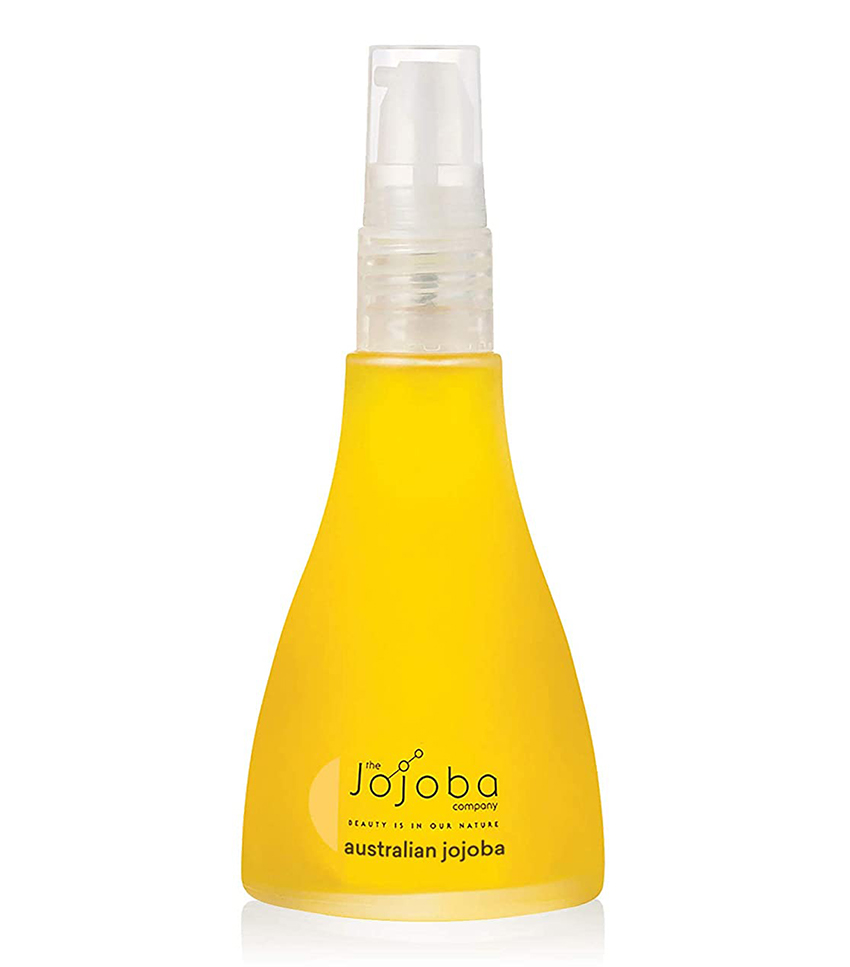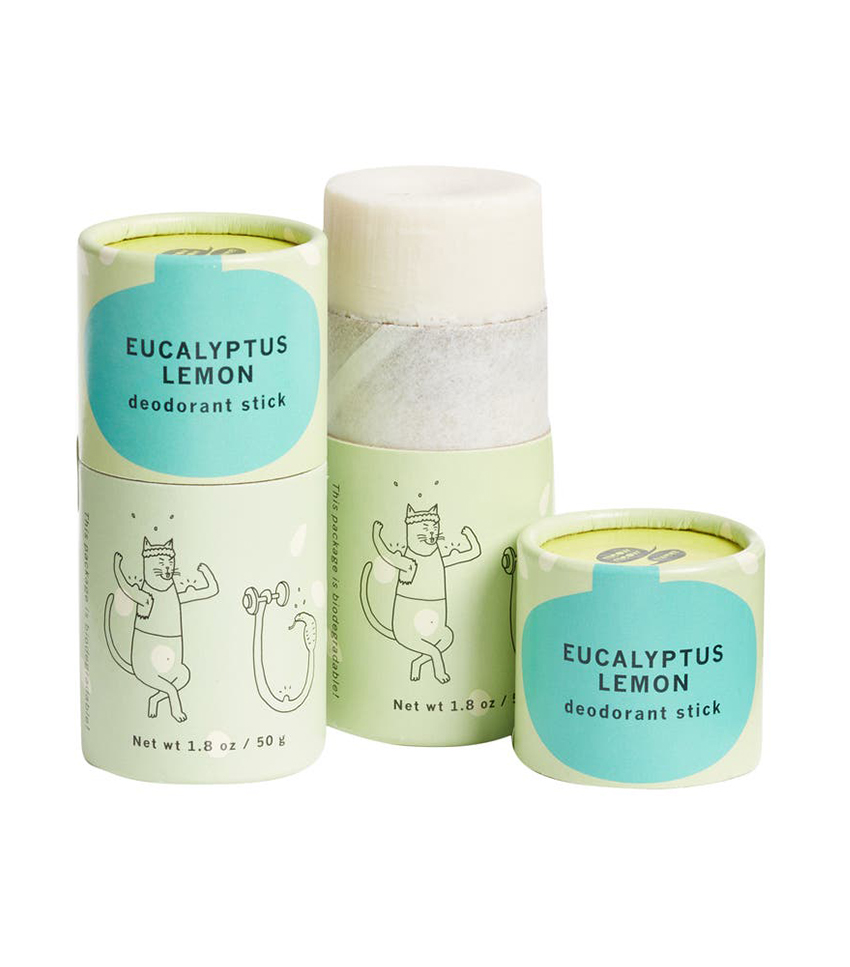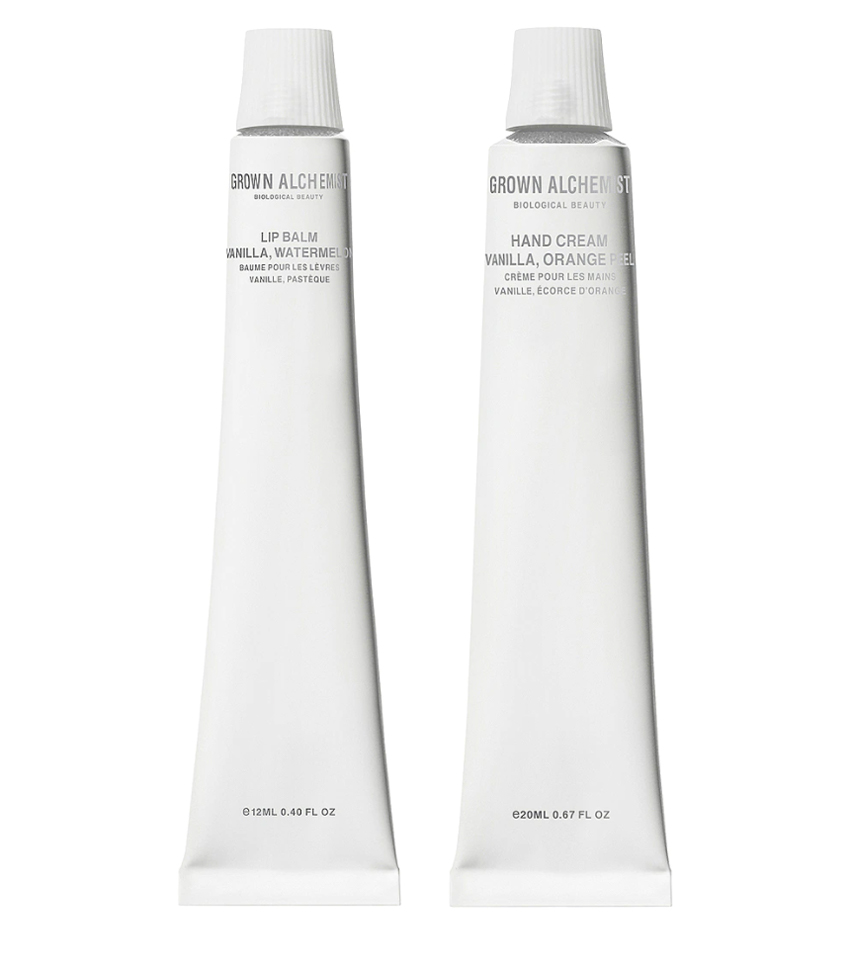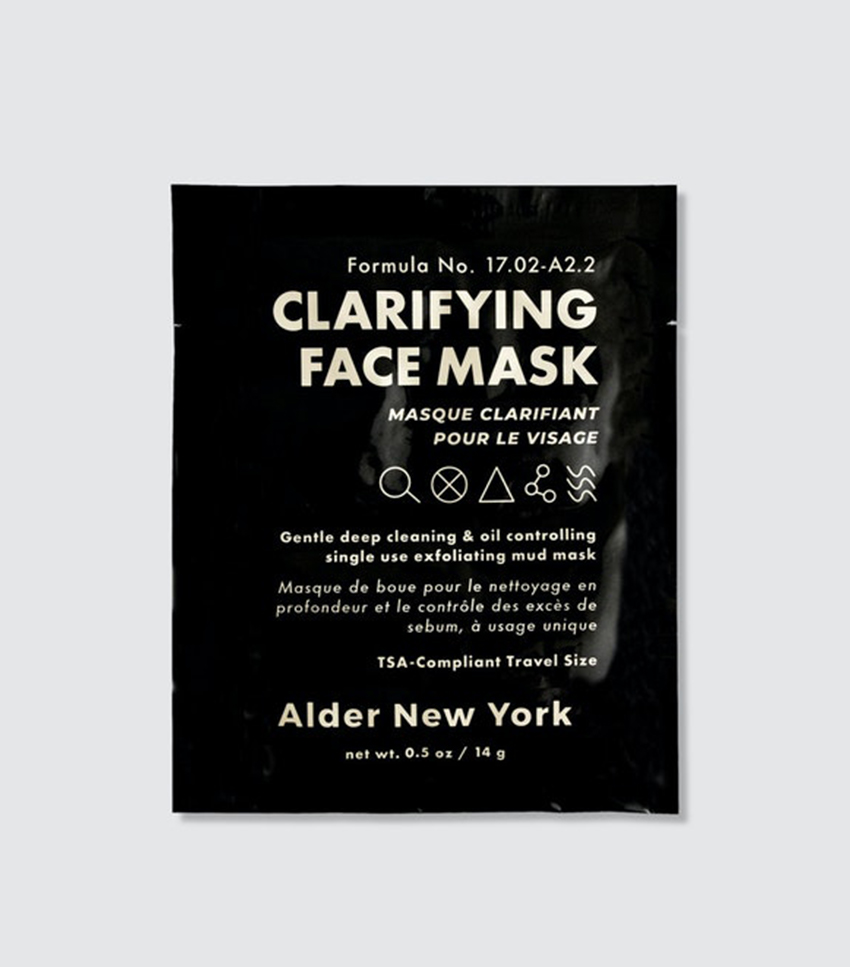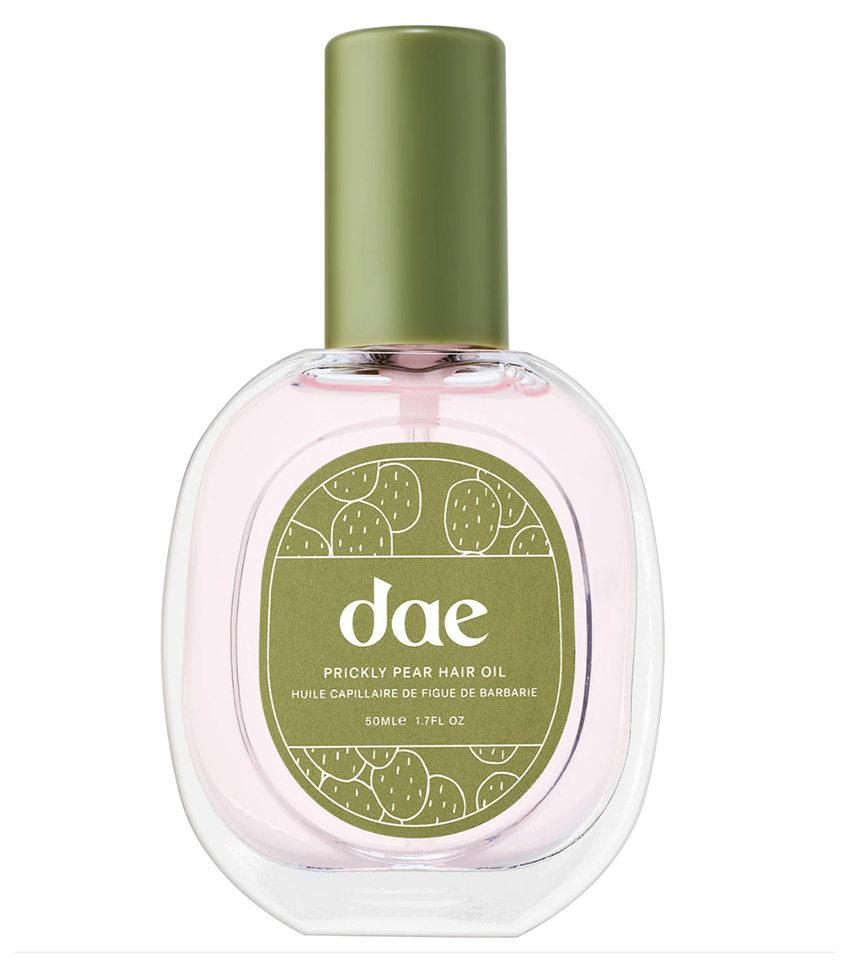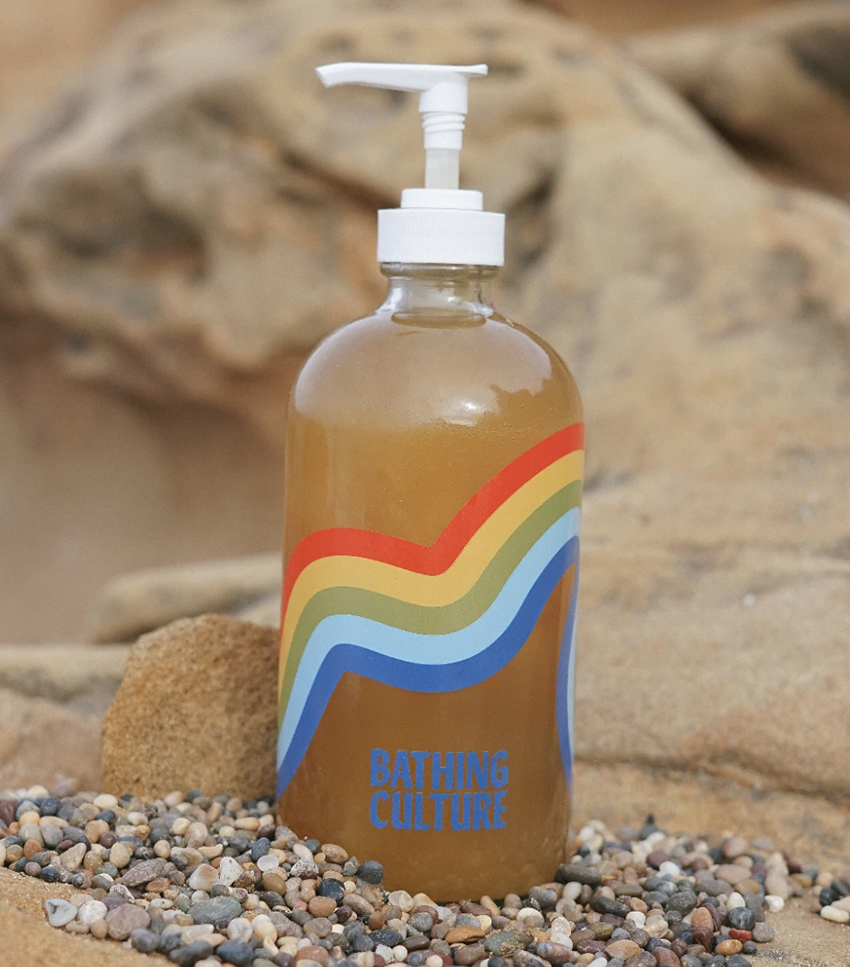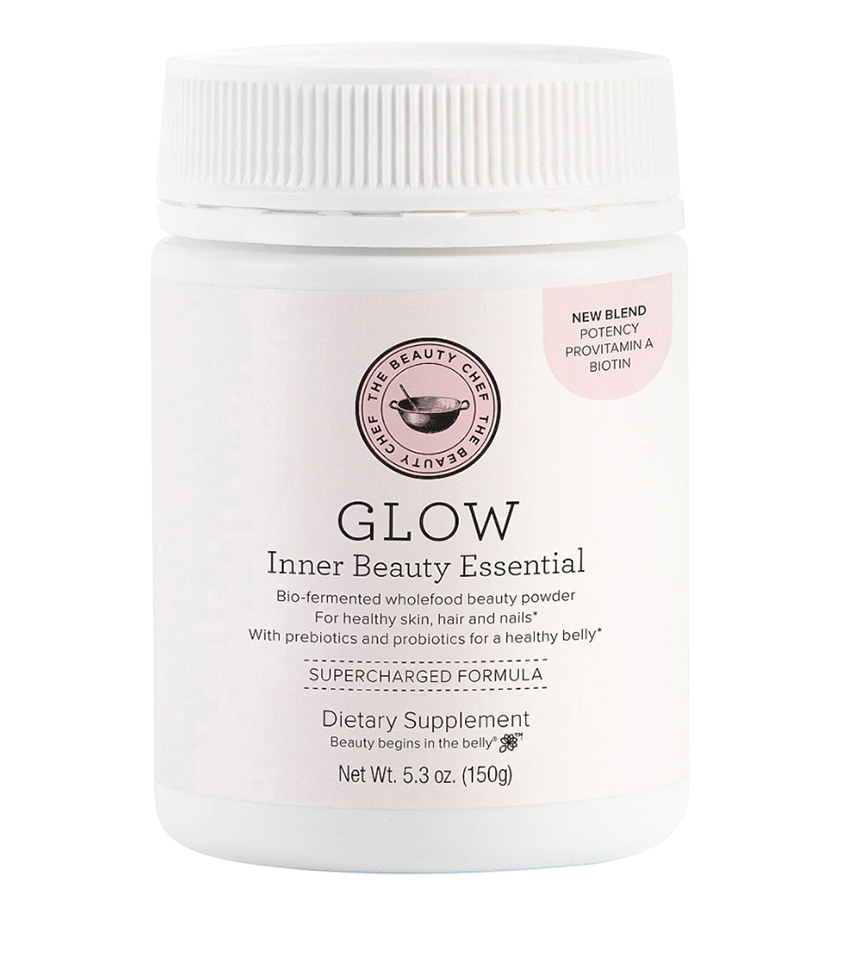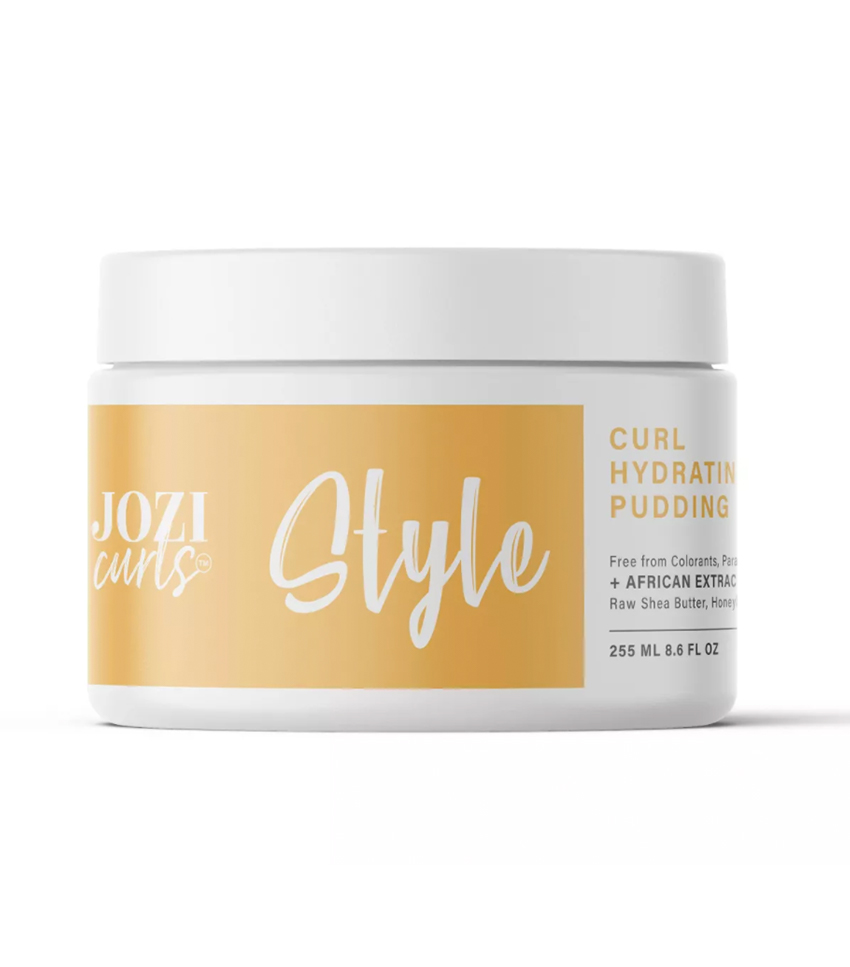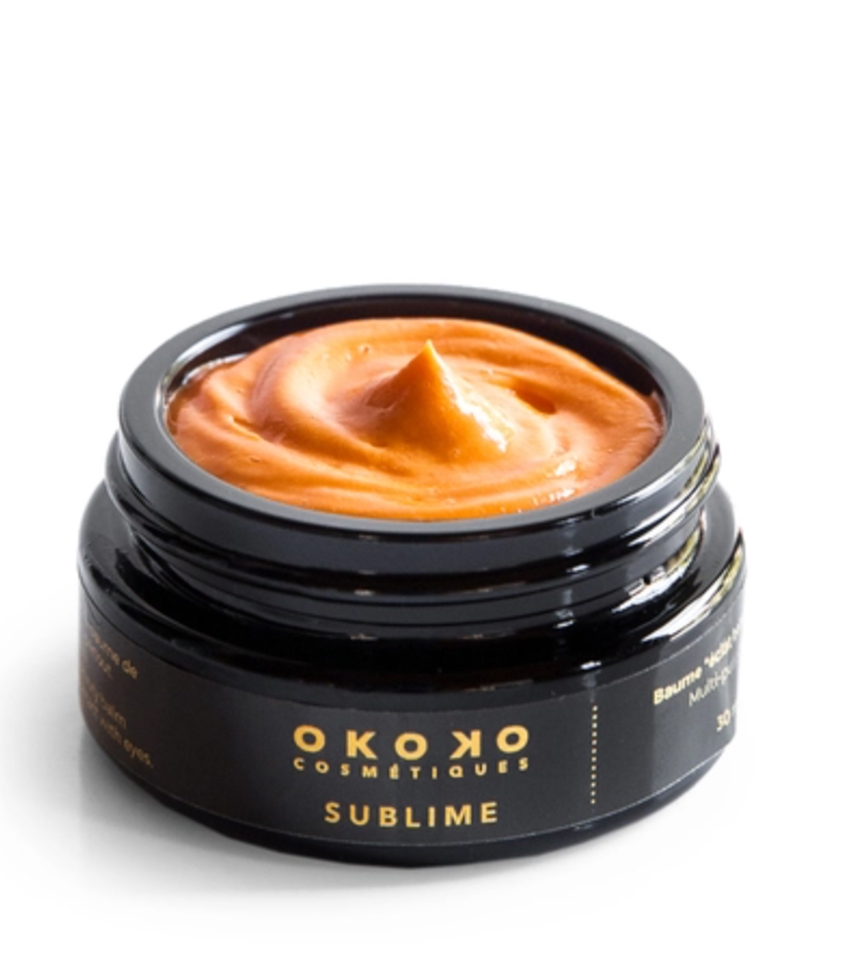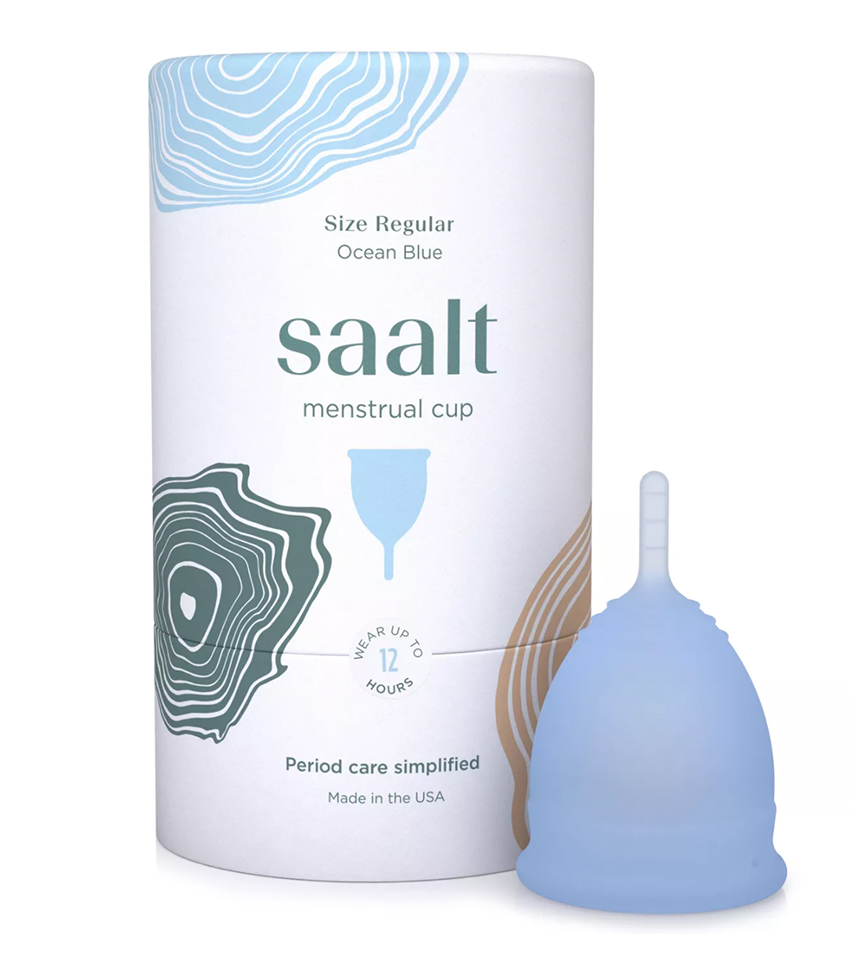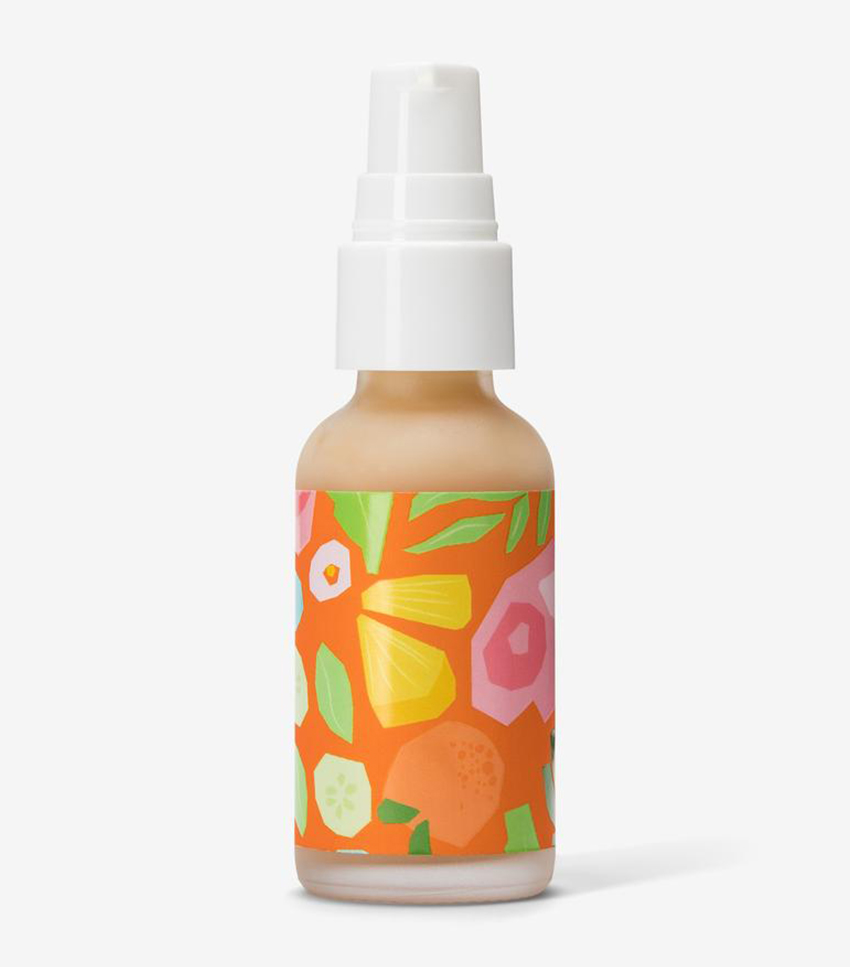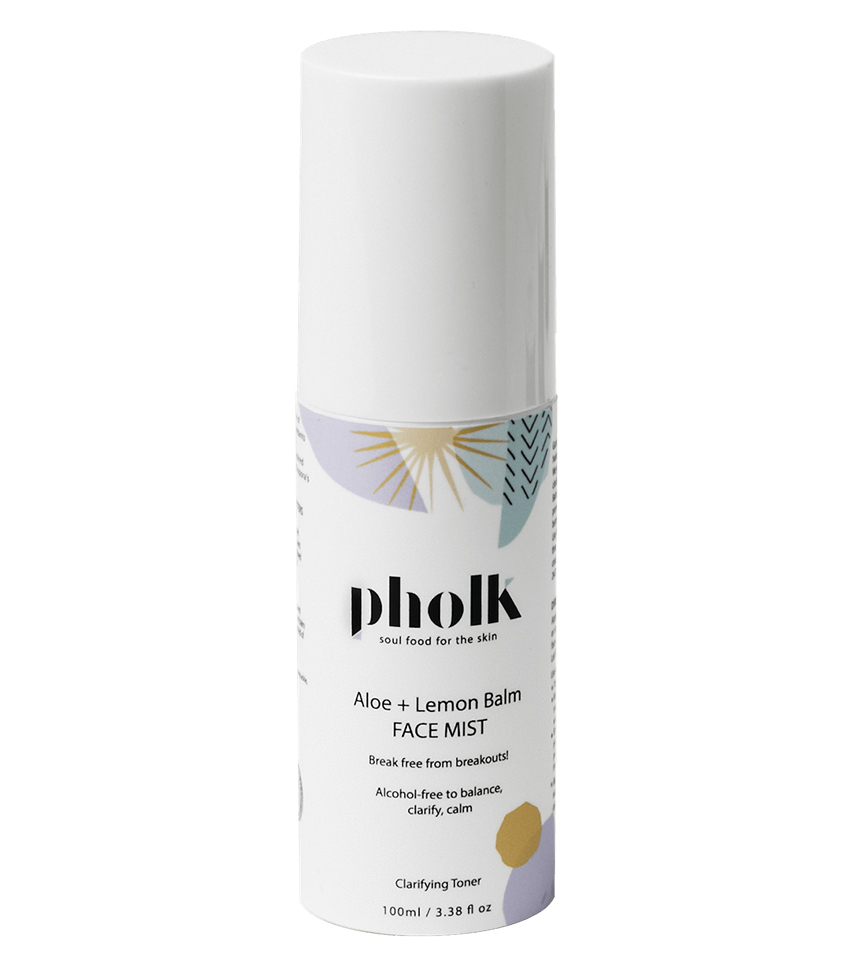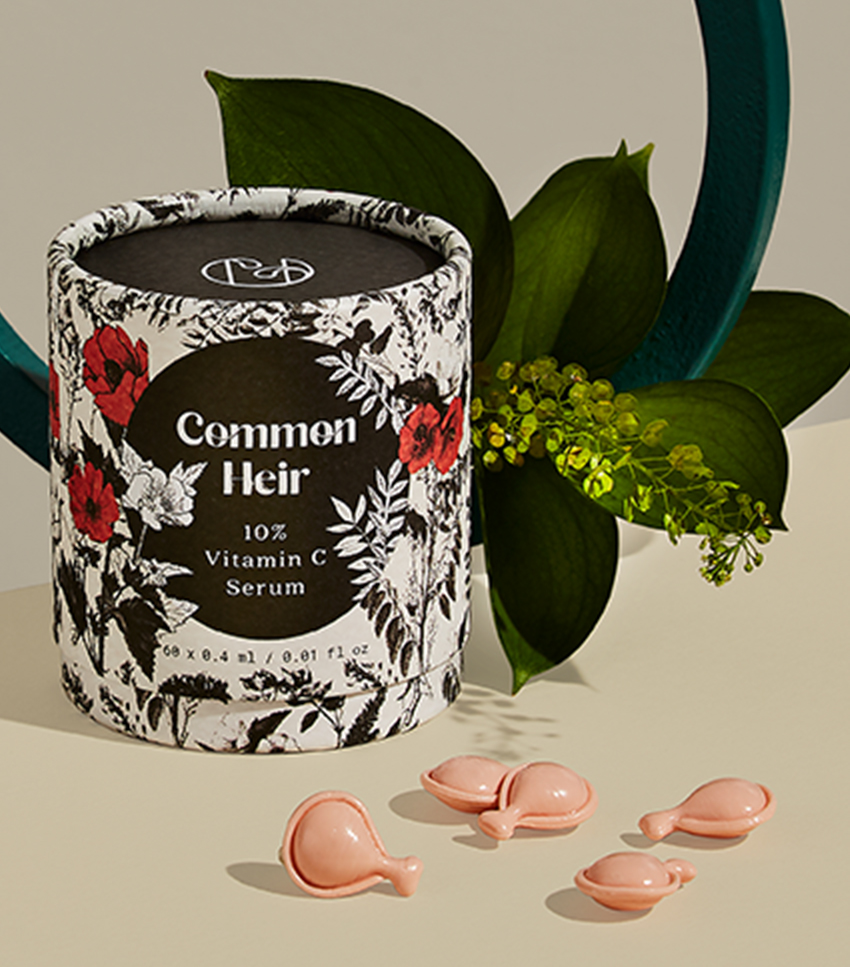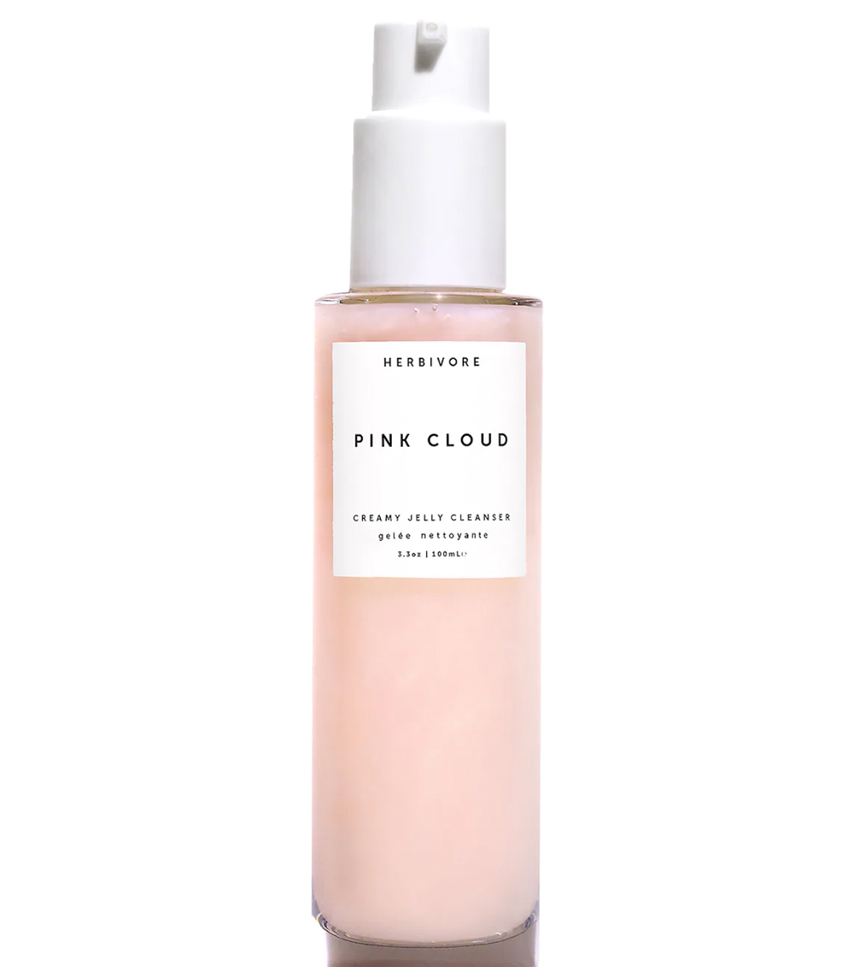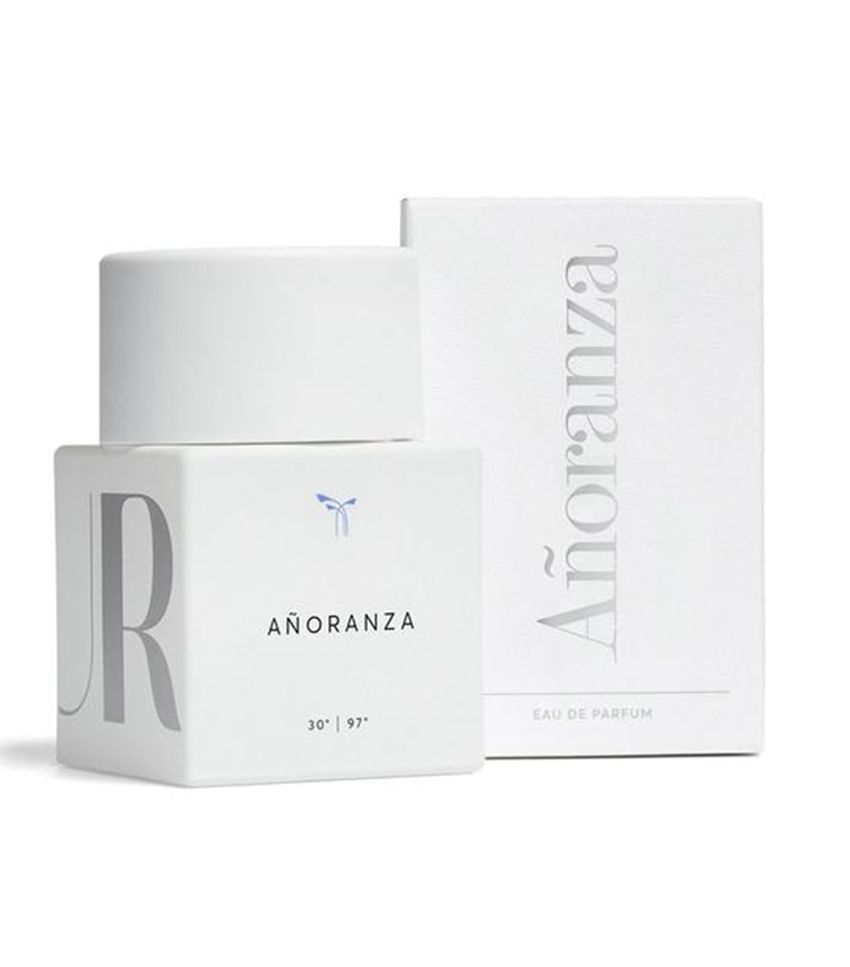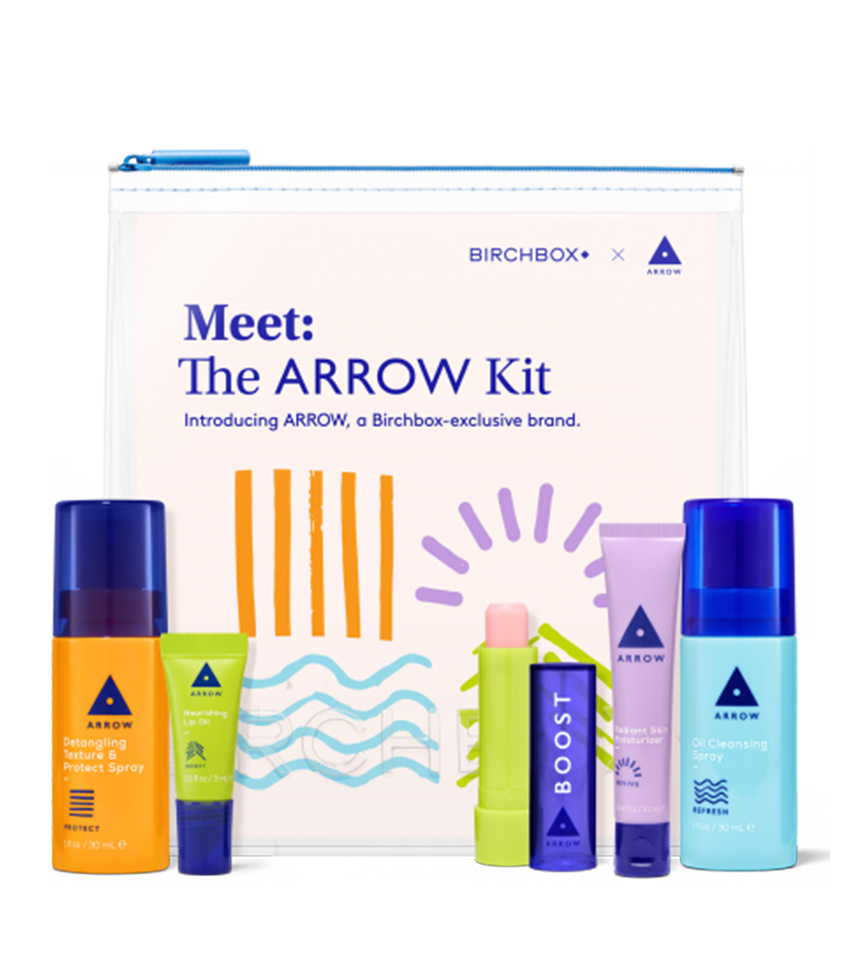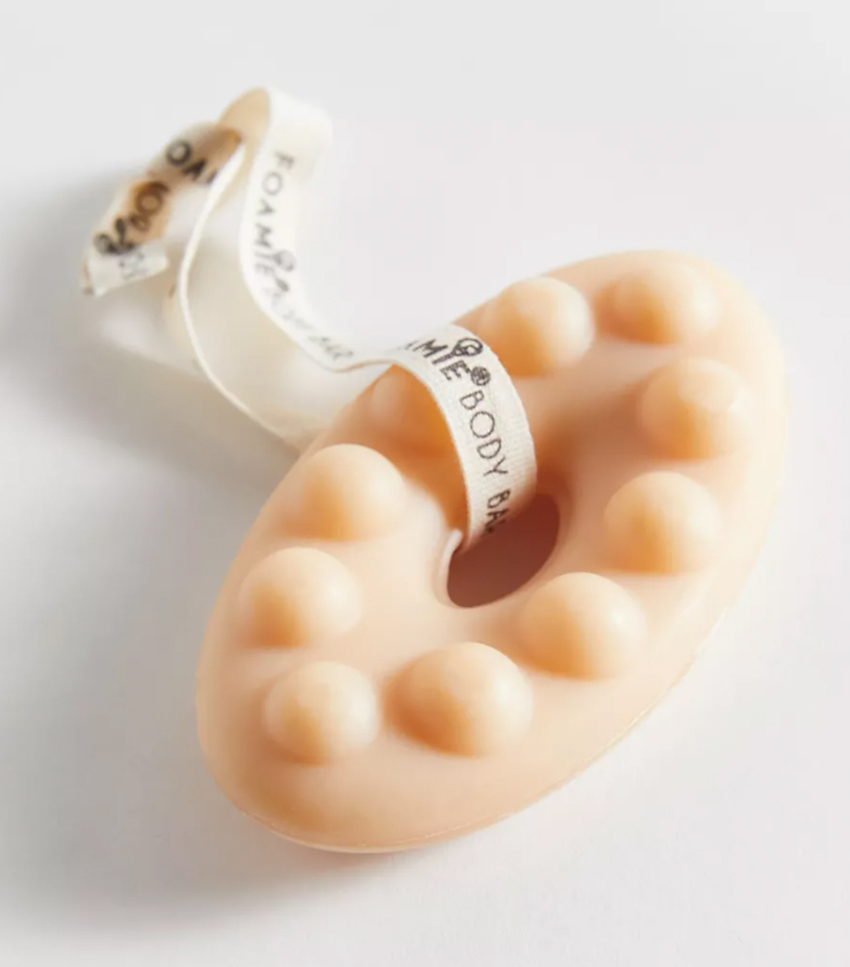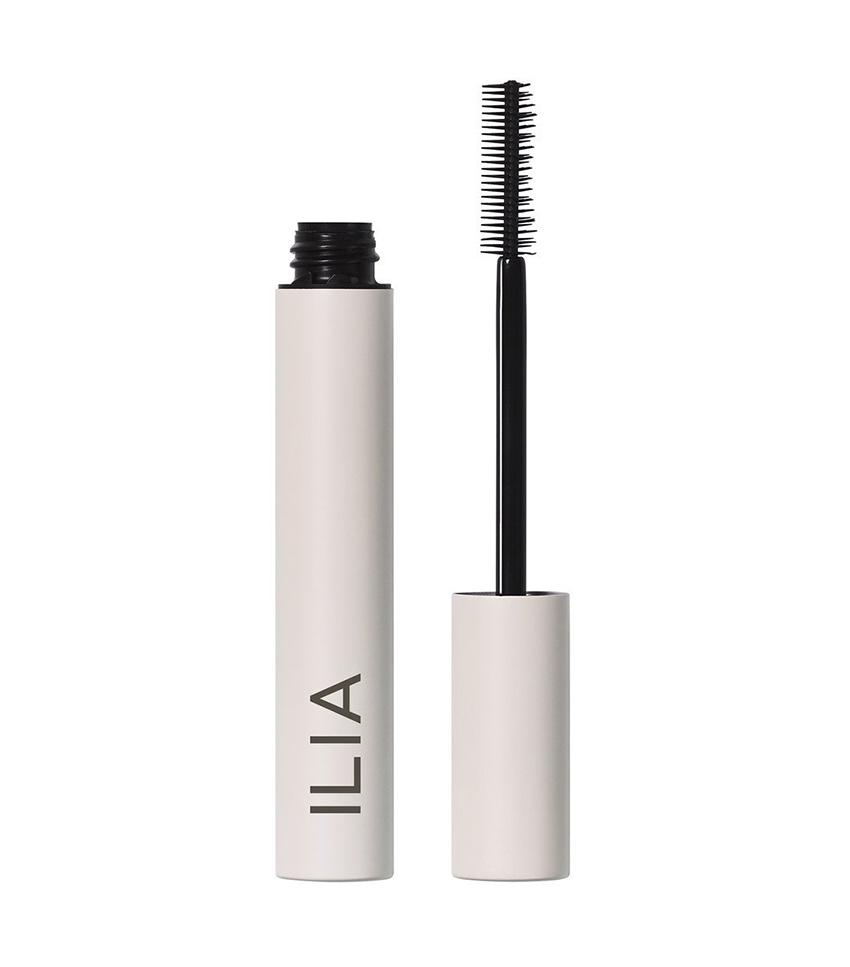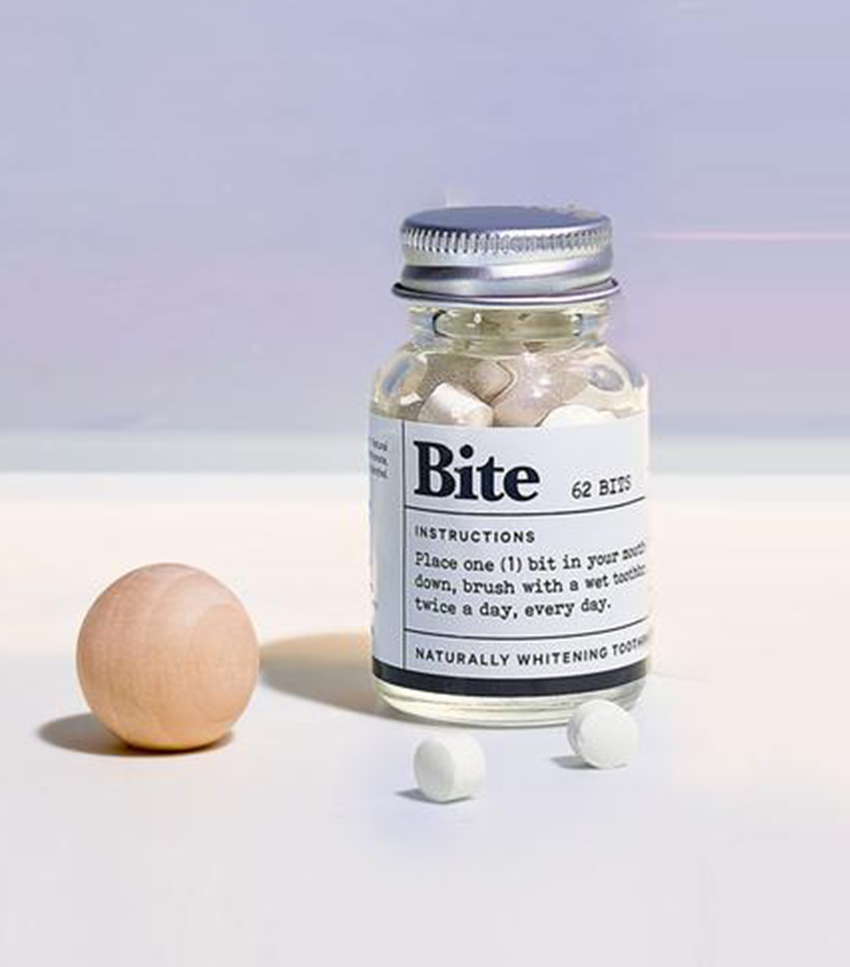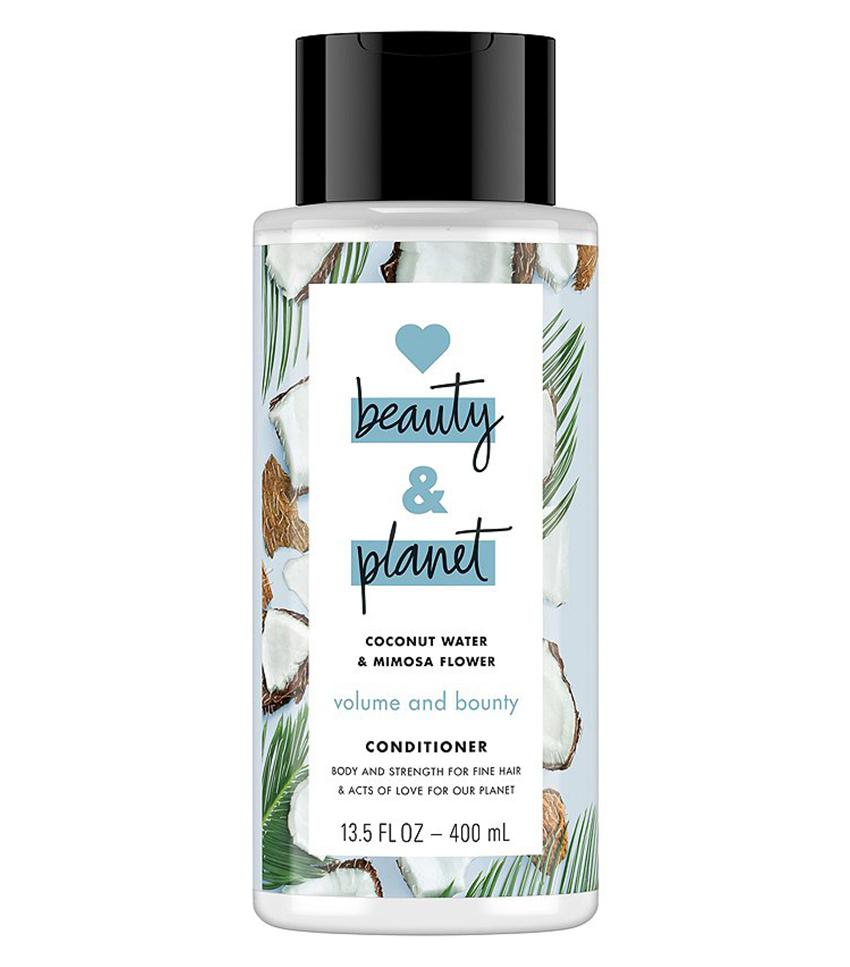55 Brands That Are Defining a New Era in Sustainable Beauty
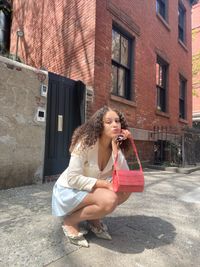
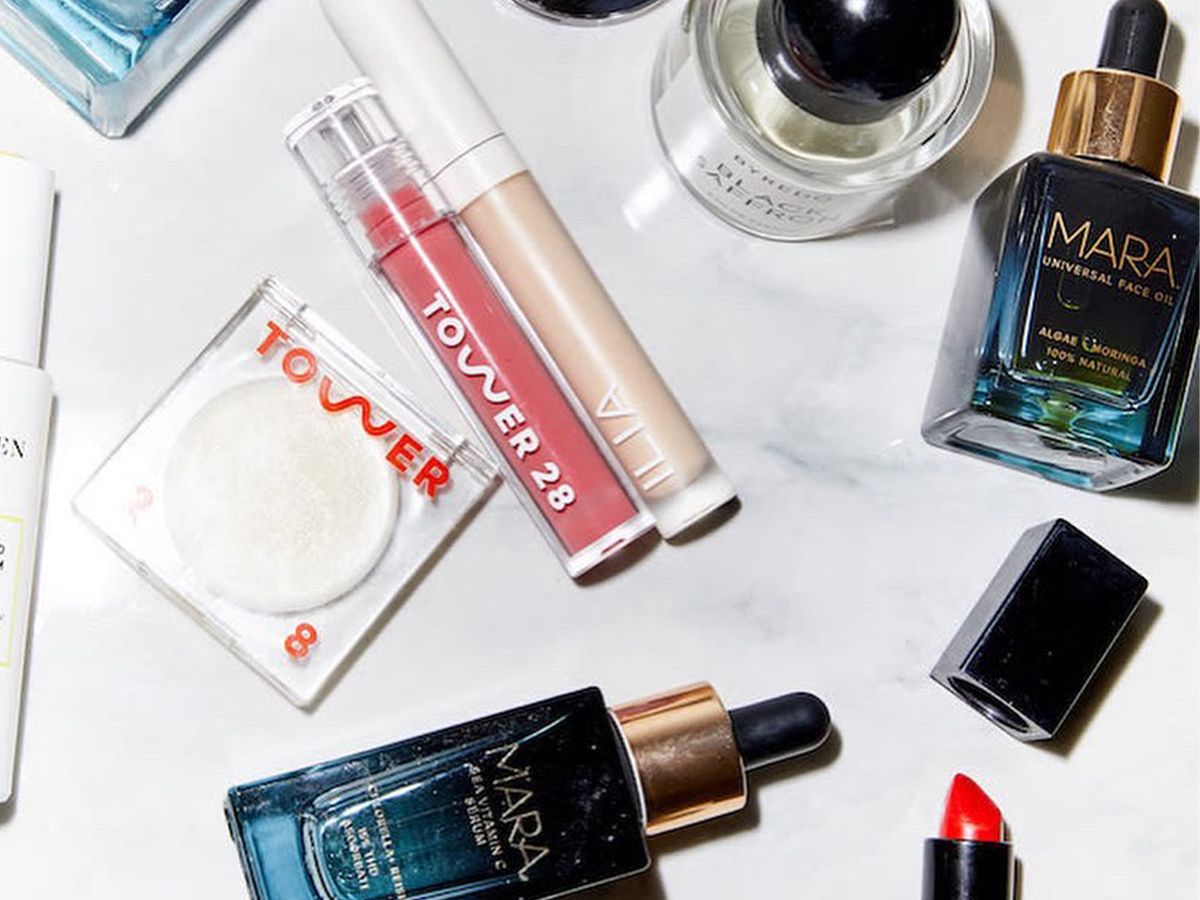
Some feelings triumph over others. Take, for example, the giddiness of unwrapping a newly delivered package or finding a favorite beauty product on sale at Sephora. And while there's no denying the adrenal rush of unwrapping the new beauty products, as an editor, I must admit I often feel overwhelmed and guilty about the amount of product waste I witness within the beauty space. Of course, there are sustainable beauty brands out there. Today, it's possible to craft a whole zero-waste beauty routine or even a clean beauty routine. But even for an editor, the terms around what sustainable beauty is compared to clean beauty, waterless beauty, and zero-waste beauty are unclear.
To clear up some of the confusion around what makes a beauty brand sustainable, we spoke with Credo's VP of sustainability and impact, Mia Davis. Ahead, you'll hear from her about what makes a brand sustainable, what to look out for, and how you can adopt a more sustainable beauty routine. A greener routine awaits.
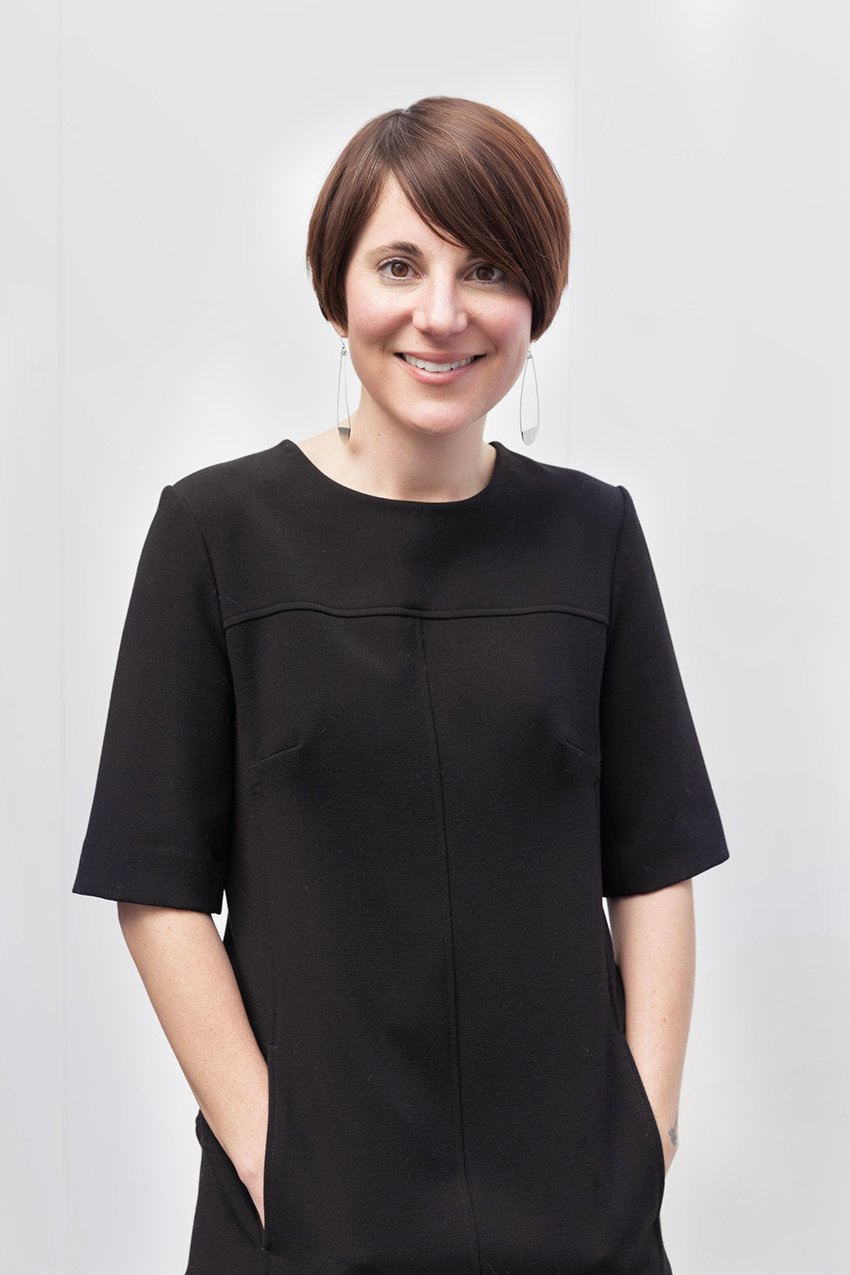
Sustainability has become a massive point of discussion within the beauty industry over the past few years. Do you think this is a trend? Or the future of the industry?
MD: I am so glad that sustainability has become a significant focus for consumer products as of late. Sustainability is not a trend; it is the future, no doubt about it. The more that consumers and other stakeholders learn about sustainability and the critical juncture we're at on this beautiful planet, the more they will bring others to the table. And once you know, you don't go back (you simply can't).
There is so much confusion around what sustainable beauty is. In layman's terms, how would you describe it?
MD: "Sustainable beauty," like so many other terms in our industry, can mean something or not too much depending on who is saying it. To Credo, sustainability is a fundamental part of the Credo Clean Standard. It means that we, and our brand partners, think about the likely effect on the planet when we make decisions. For example, how are ingredients grown, harvested, mined, or manufactured; are the practices sustainable, meaning they do not harm (or as little harm) to the ecosystem and the climate as possible? Or are they unsustainable, which means that there is a negative impact that cannot continue without causing a lot of damage? A big one for beauty is the packaging: Is it designed to use as little material as possible (an example of a sustainable step), or is it made with virgin plastic that is unlikely to be recycled (unsustainable)?
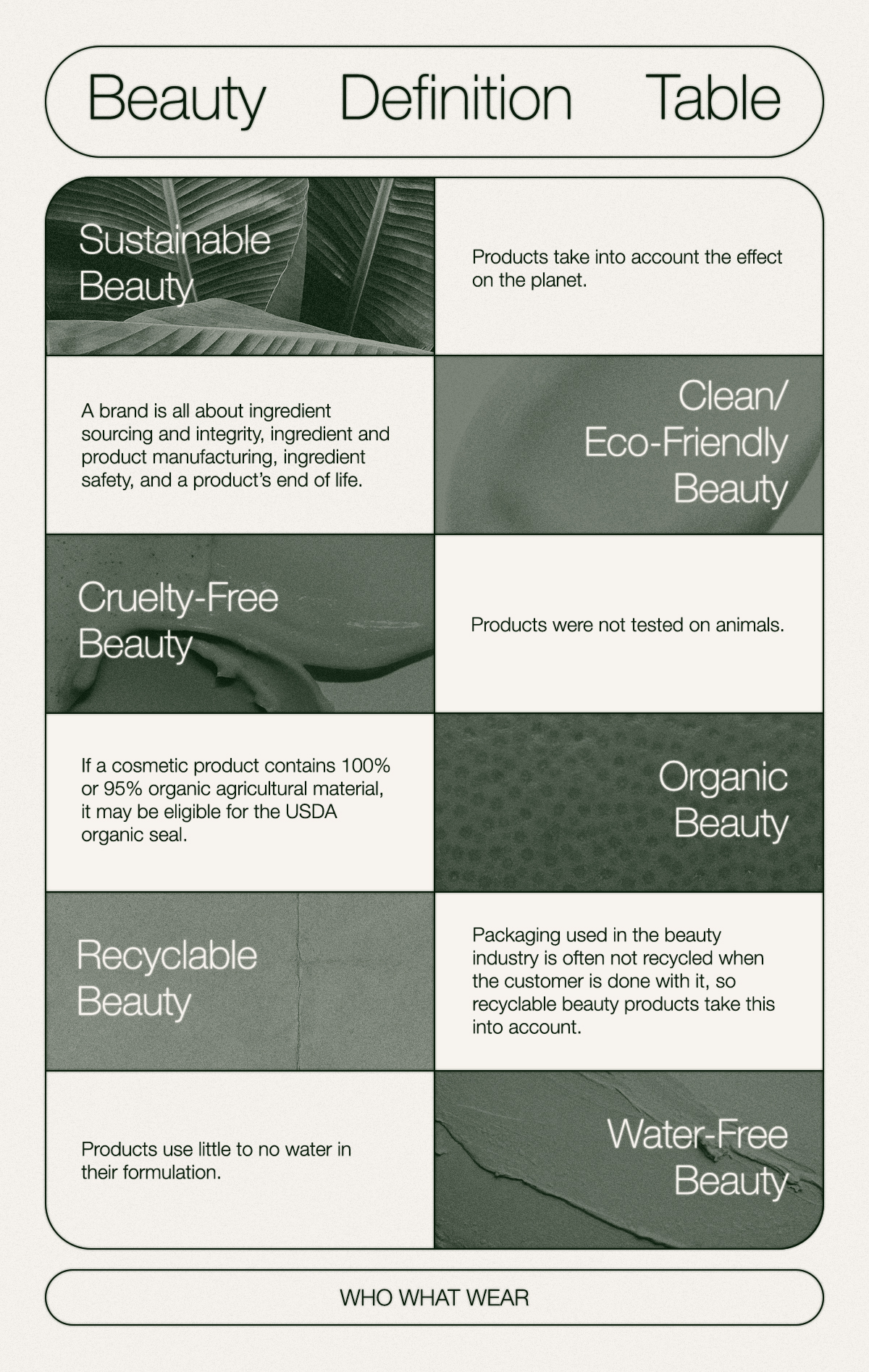
What should consumers know about the differences between sustainable beauty, eco-friendly beauty, clean beauty, cruelty-free, organic, water-free, and recyclable beauty?
MD: Sustainable beauty means thinking about the likely effect on the planet. Clean/ eco-friendly beauty implies that it not only avoids using a list of restricted materials (though The Dirty List encompasses 2,700 ingredients). Instead, it incorporates natural elements. It's composed of three components: ingredient sourcing/integrity, ingredient and product manufacturing, ingredient safety, and a products' end-of-life.
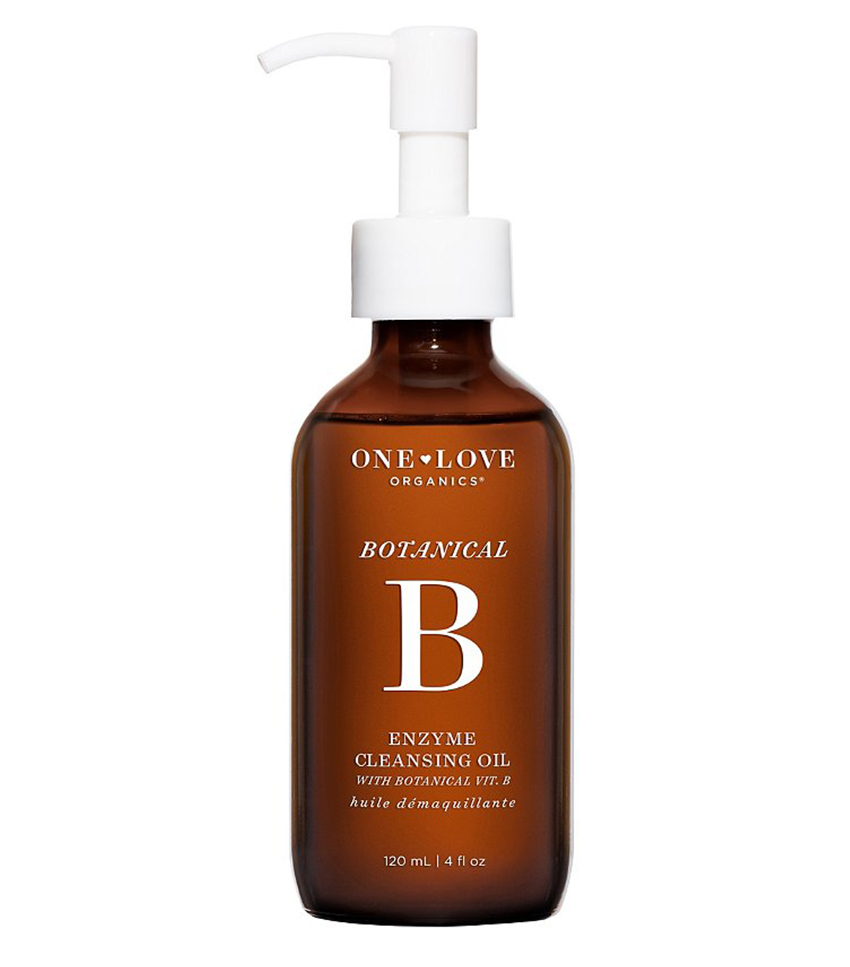
MD: While cruelty-free means that products were not tested on animals—no guinea pigs, rabbits, rats, or any other creatures forced to use skincare and cosmetics to see if they are irritating to the skin. Organic beauty is different because the USDA defines it. The USDA regulates the term "organic," as it applies to agricultural products through its National Organic Program (NOP) regulation, 7 CFR Part 205. If a cosmetic product contains 100% or 95% organic agricultural material, it may be eligible for the USDA seal.
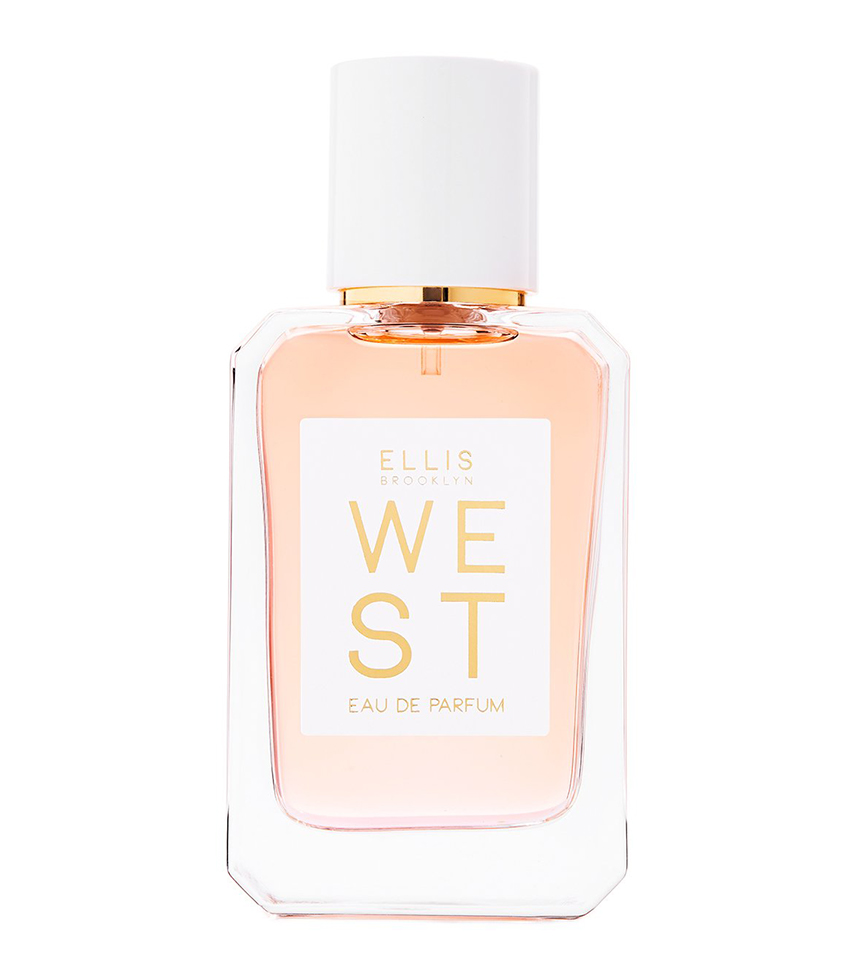
MD: When it comes to recyclable beauty products, it is very different from the traditional recycling process. Packaging used in the beauty industry is often not recycled when the customer is done with it—even if the empty package is put into their recycling bin, even if it says recyclable or has the chasing arrows symbol. Most hair product bottles are large enough to be caught by the machinery at the recycling centers, and they're usually made from plastics 1, 2, or 5, which are the most likely to be recycled plastic types. (Plastics 3, 4, 6, and 7 are not recycled, even when you put them in "single-stream" in curbside bins.)
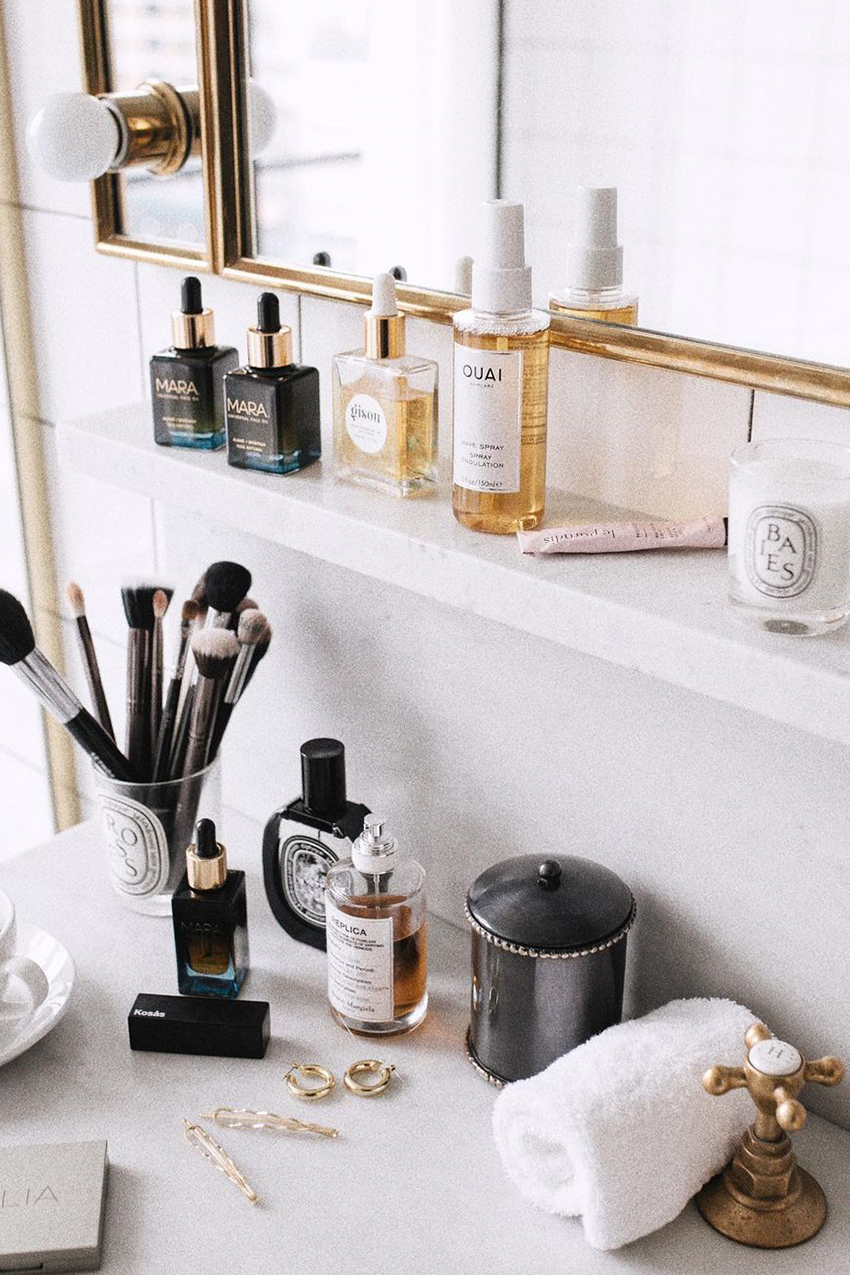
)
Globally, there are different regulations around what constitutes "sustainable" beauty. What is your opinion that makes a brand sustainable?
MD: There are different cosmetic regulations worldwide, but they are not specifically around sustainability (more to do with safety and disclosure). Some certifications address sustainability. For example, organic growing standards have rules around chemical use, no genetically modified plants, no clear-cutting, which is all more sustainable. To me, a truly sustainable brand has a meaningful plan. It might be hitting it out of the park when it comes to using organic ingredients and safer chemistry (which is great), but it isn't stopping there; it also takes action on its carbon footprint, its packaging use, and more. And that is a journey. You don't have to be perfect. In fact, we can't all be. But I don't like to see a "safer" beauty company that kicks the can on the packaging, for example, or has a private corporate jet. That isn't true sustainability.
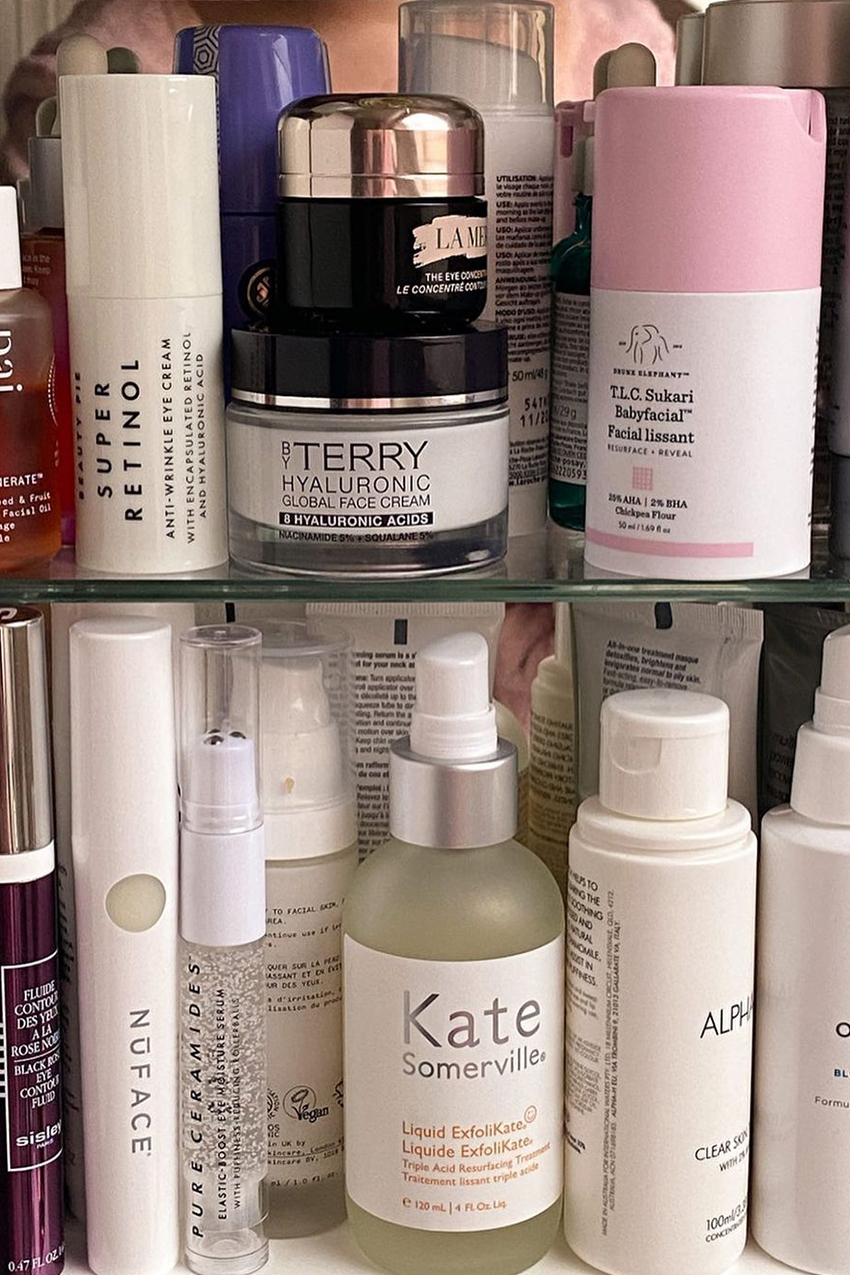
Within the fashion and beauty industry, many brands have adopted greenwashing practices. In your opinion, is it better that brands are trying to be more environmentally friendly? Or do you find that the efforts to be relevant to consumers but not sustainable are just as hurtful for the environment long-term?
MD: Greenwashing makes it hard for customers to trust brands and makes it much harder for the brands to formulate safer, more sustainable materials to show they're doing it right. Fortunately, customers are savvy and increasingly demanding transparency, and Credo is doing our part to push and pull the supply chain to quell greenwashing. We're especially leading on this in the realm of packaging. There are so many false claims about recyclability and bio-resins, and we're working hard to bring honest, informed information to our community.
How can consumers know if the beauty products they're using are sustainable?
MD: One tip is to ask brands what they're doing on sustainability and where they get their information from. If they're just passing on some marketing jargon from a packaging supplier without doing their research, then you might be being greenwashed. Of course, we do a lot of the homework for you, so shopping at Credo is one great tool. Also, check out what some of the leading nonprofit organizations (like Environmental Defense Fund, Women's Voices for the Earth, Breast Cancer Prevention Partners, and Greenpeace) say about these topics. They tend to offer great information.
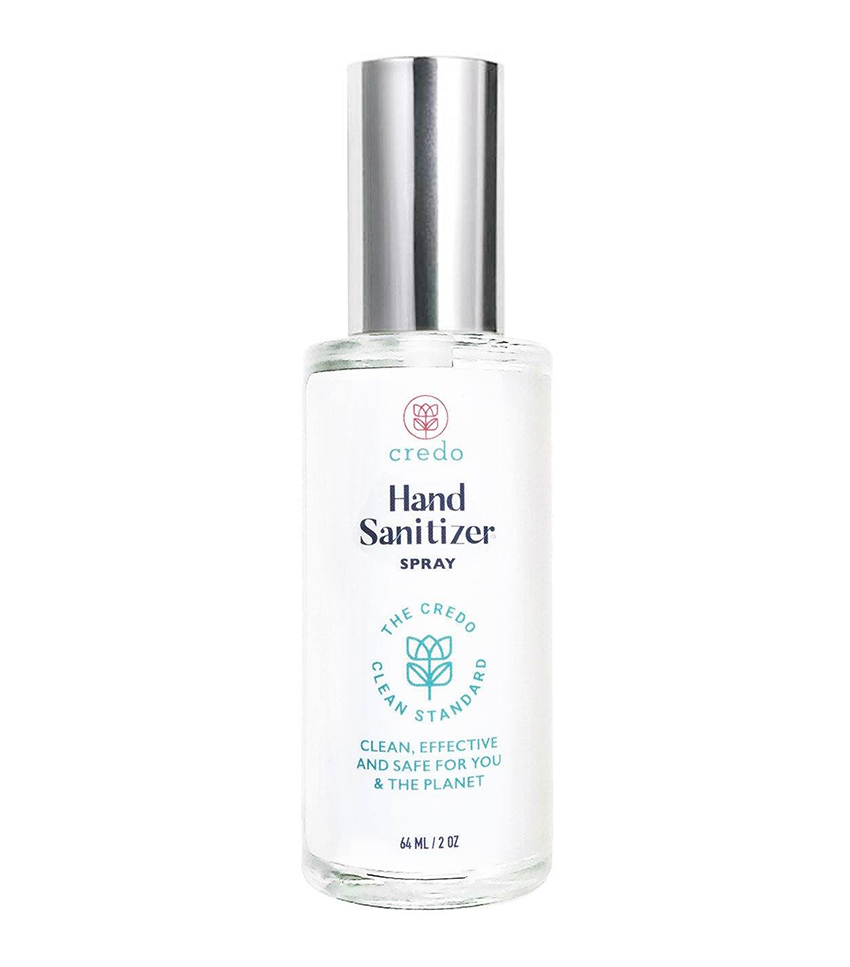
Do you have any shopping tips or things you'd suggest they look out for?
MD: Look for companies that share a written standard that is clear and accessible. Our Credo Clean Standard is on our website, and every brand we sell must meet our strict standards that encompass ingredient sourcing (knowing where it came from), ingredient integrity (the brand accurately represents this on their ingredient list), ingredient safety (it was chosen for its low hazard or low risk) and the end of product's life (considering the potential effects of the product/packaging when it is washed down the drain, thrown in a landfill, etc.).
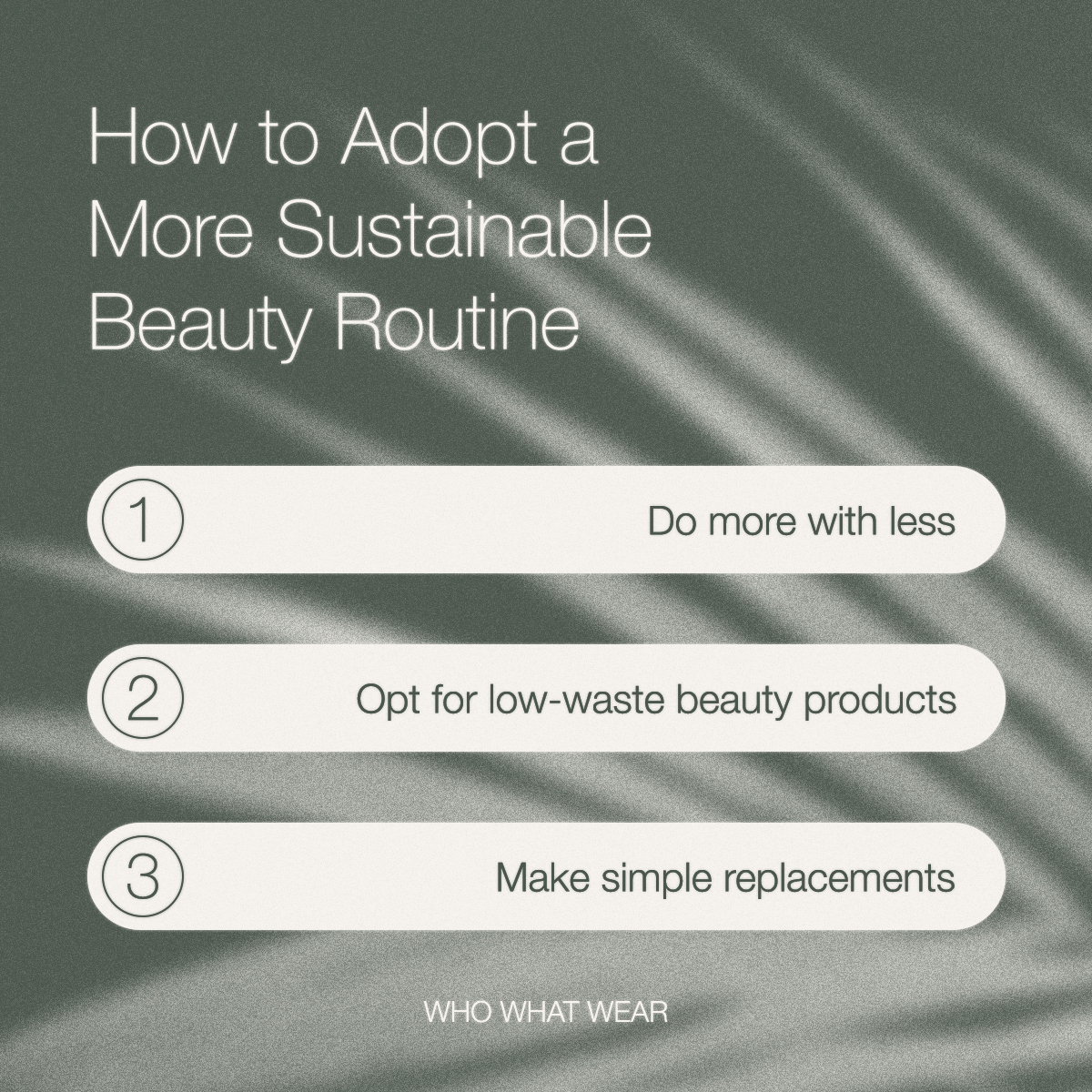
How do you think consumers can adopt a more sustainable beauty routine?
MD: There are three simple things you can do to adopt a more sustainable beauty routine.
#1: Do more with less. Clean beauty is well-known for beautiful multitasking makeup, so it's not difficult to find one product that can do it all to reduce the number of products—and ultimately waste—in your beauty routine.
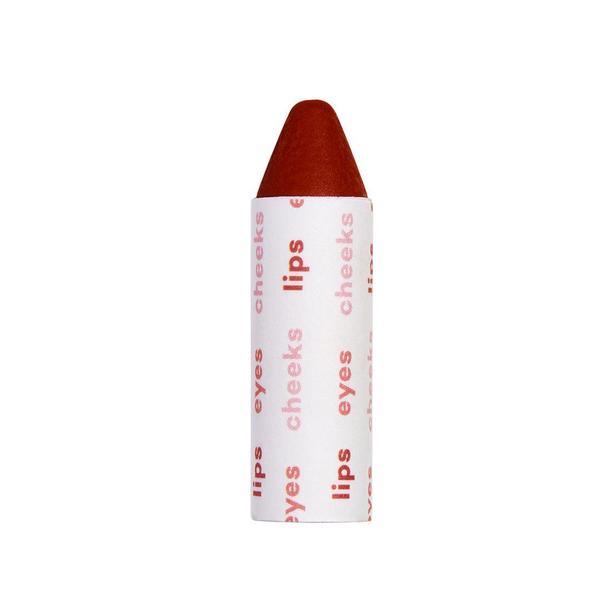
#2: Opt for low-waste beauty products. While zero-waste isn't truly attainable, you can strive to achieve a low-waste routine and use products that have minimal-to-no packaging so that there's nothing to toss at the end. Axiology Lip-to-Lid Balmies are the same size as an average lipstick bullet but without any packaging. The crayons are wrapped in paper and rest in a recyclable carrying case made from up-cycled materials.
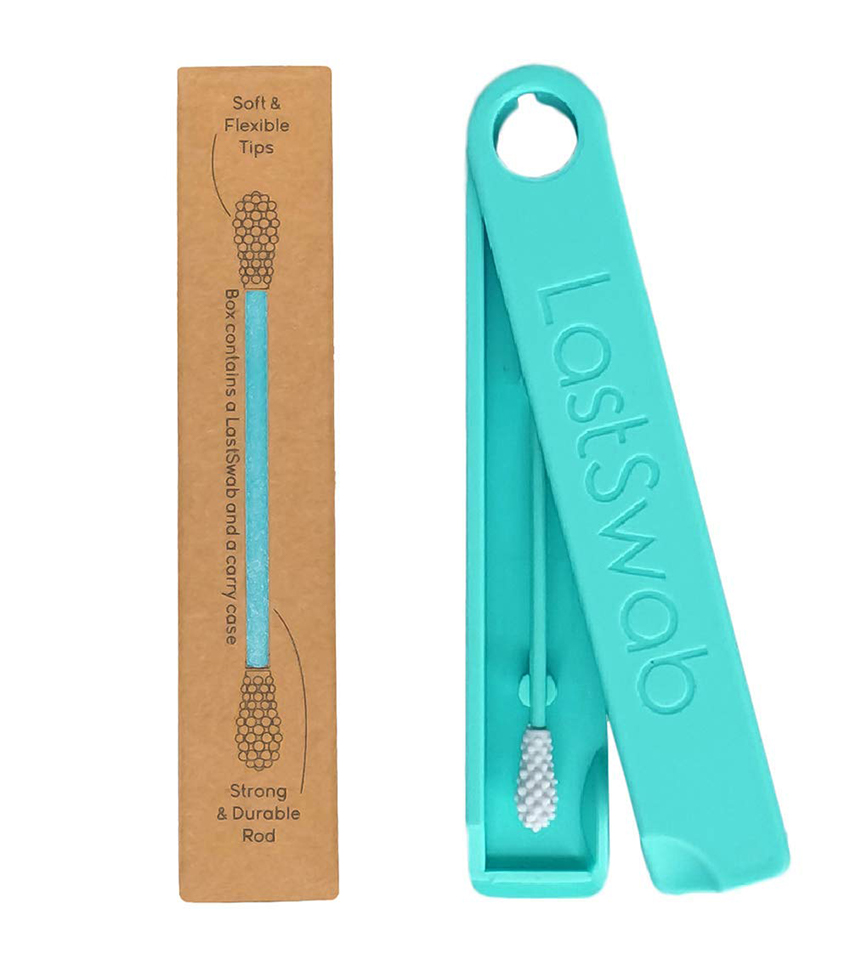
#3; Make simple replacements. Think about how many cotton swabs your family may use in a week—whether to clean up makeup mistakes or for ears. Replace them with a reusable, washable version like LastSwab. They're super durable and can last hundreds (even thousands) of uses, replacing up to 1000 single-use cotton swabs.
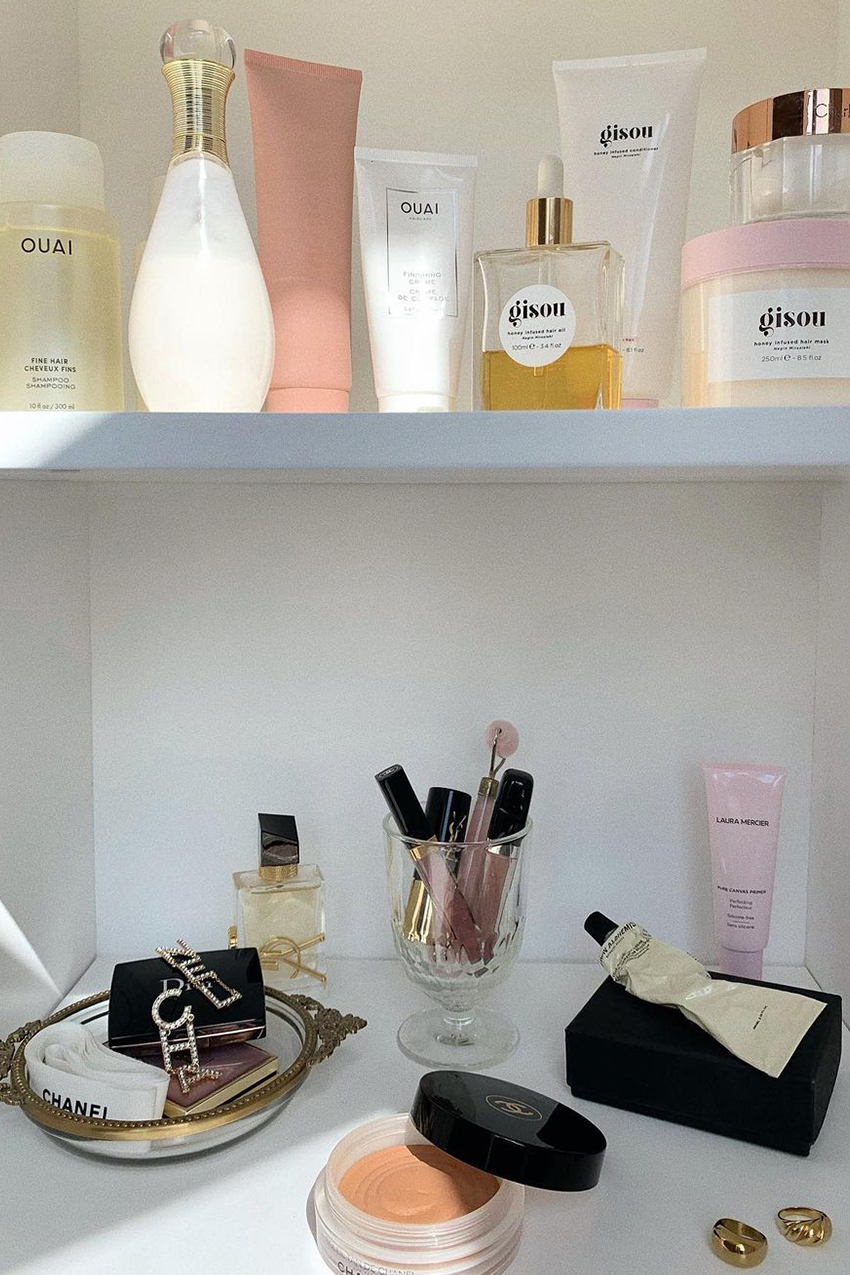
What does the future of sustainable beauty look like in your eyes?
MD: We expect considerable strides in the space going forward—primarily around more sustainable packaging options, which we are driving at. Customers are demanding this, and we are committed to real, actionable change in packaging sustainability. We have prohibited single-use items and all sample sachets as of June 1, 2021. This is a huge first step on what will be a long journey! We're showing up for sustainability in beauty in a big way.
Shop More Sustainable Beauty Brands
Naturium
Tower28
The Nue Co.
One Ocean Beauty
Natureofthings
Côte
Fur
Nudestix
Summer Fridays
Codex Beauty
Shhhowercap
Static Nails
Espa
Kōv Skincare
Cocokind
Jojoba Company
Meow Meow Tweet
Grown Alchemist
Alder New York
Dae
Bathing Culture
The Beauty Chef
Jozi Curls
Okoko Cosmétiques
Saalt
Luma Leaf
Pholk Beauty
Common Heir
Herbivore
Phlur
Arrow
Foamie
Ilia
Bite
Love Beauty and Planet
Osea
Ren Clean Skincare
Saie
Evolve Organic Beauty
Terra Ties
Mara
Motsi
Moon Juice
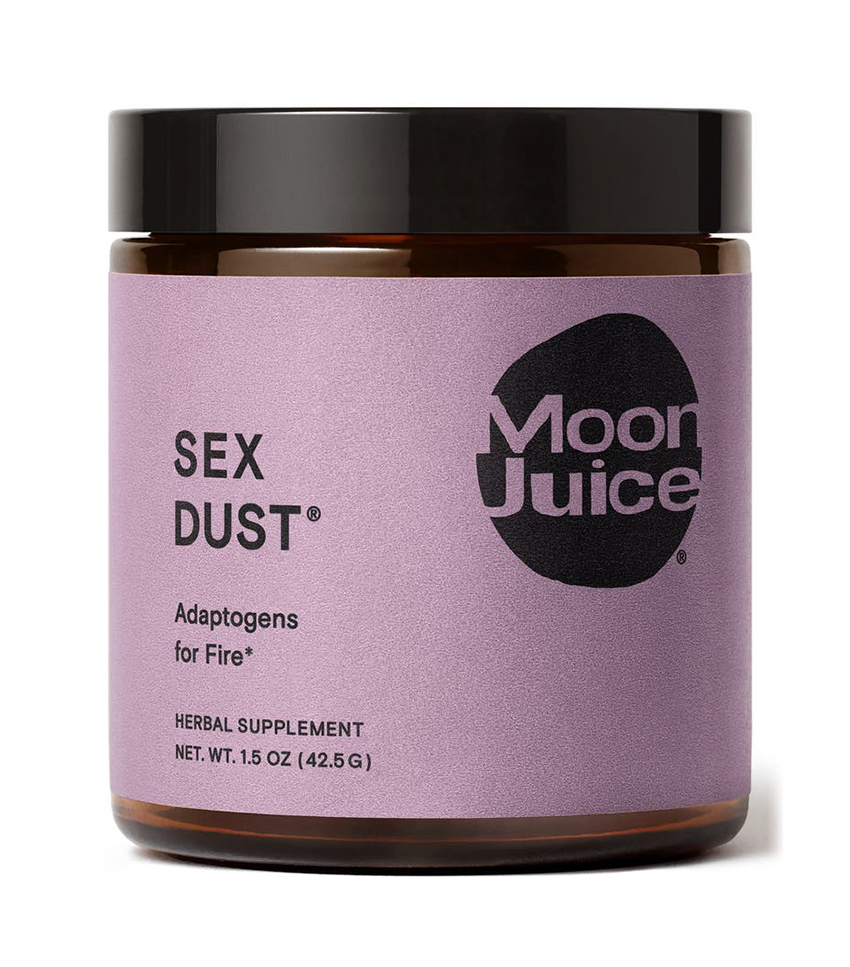
If you've made it this far, you know by now that sustainable beauty isn't always a cut-and-dry definition—many clean and cruelty-free beauty brands are incorporating more sustainable production practices into their company. In contrast, others opt for carbon-neutral production processes, which is why it's essential to research the products you're buying and know that being sustainable is a commitment over time.
Next: 25 Low- or No-Waste Beauty Products for a Greener Routine
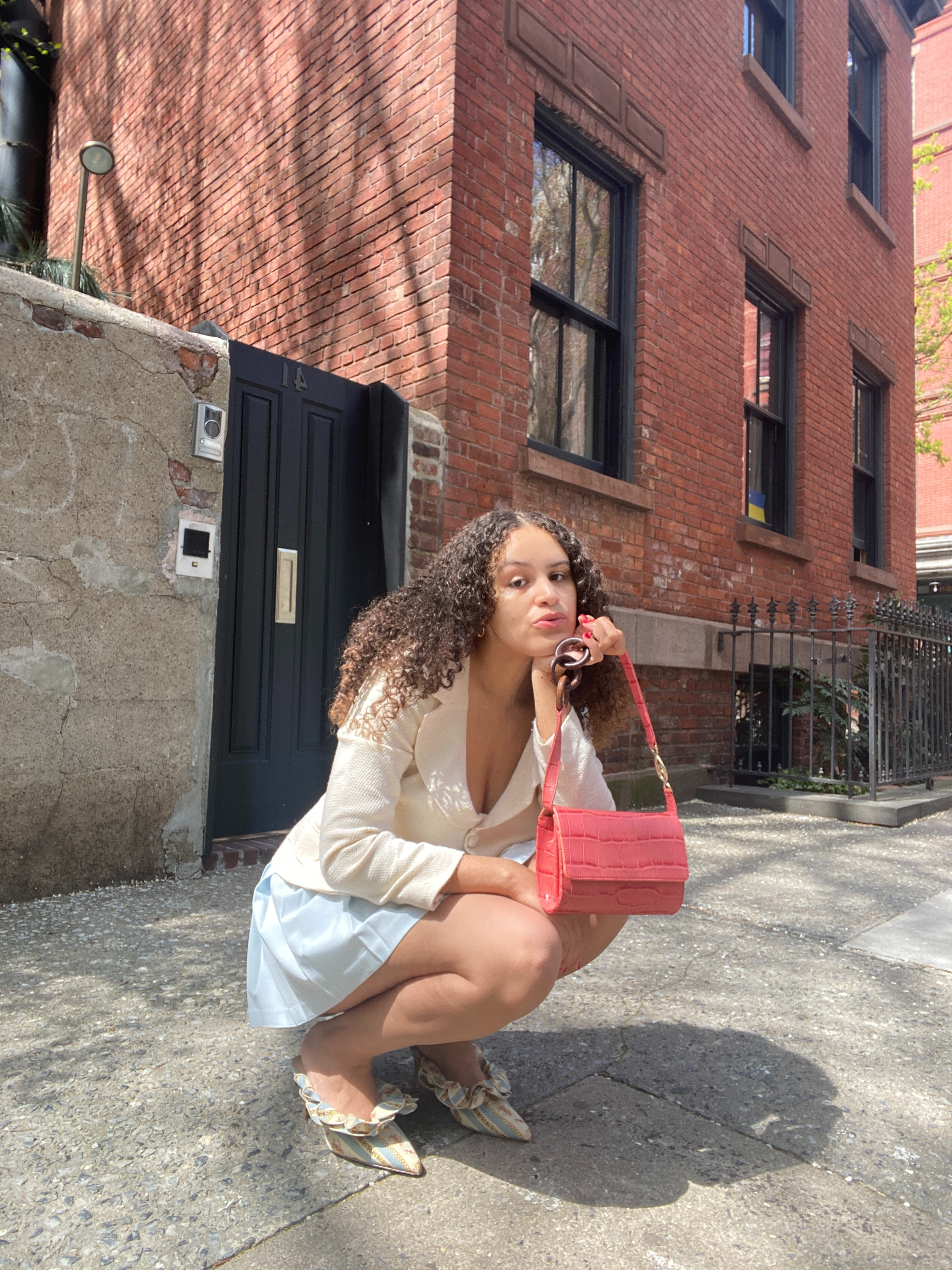
Jasmine Fox-Suliaman is a freelance writer and editor living in New York City. What began as a pastime (blogging on Tumblr) transformed into a lifelong passion for unveiling the connection between fashion and culture on the internet and in real life. Over the last decade, she's melded her extensive edit and social background to various on-staff positions at Who What Wear, MyDomaine, and Byrdie. More recently, she’s become a freelance contributor to other publications including Vogue, Editorialist, and The Cut. Off the clock, you can find her clutching her cell phone as she's constantly scrolling through TikTok and The RealReal, in search of the next cool thing.
